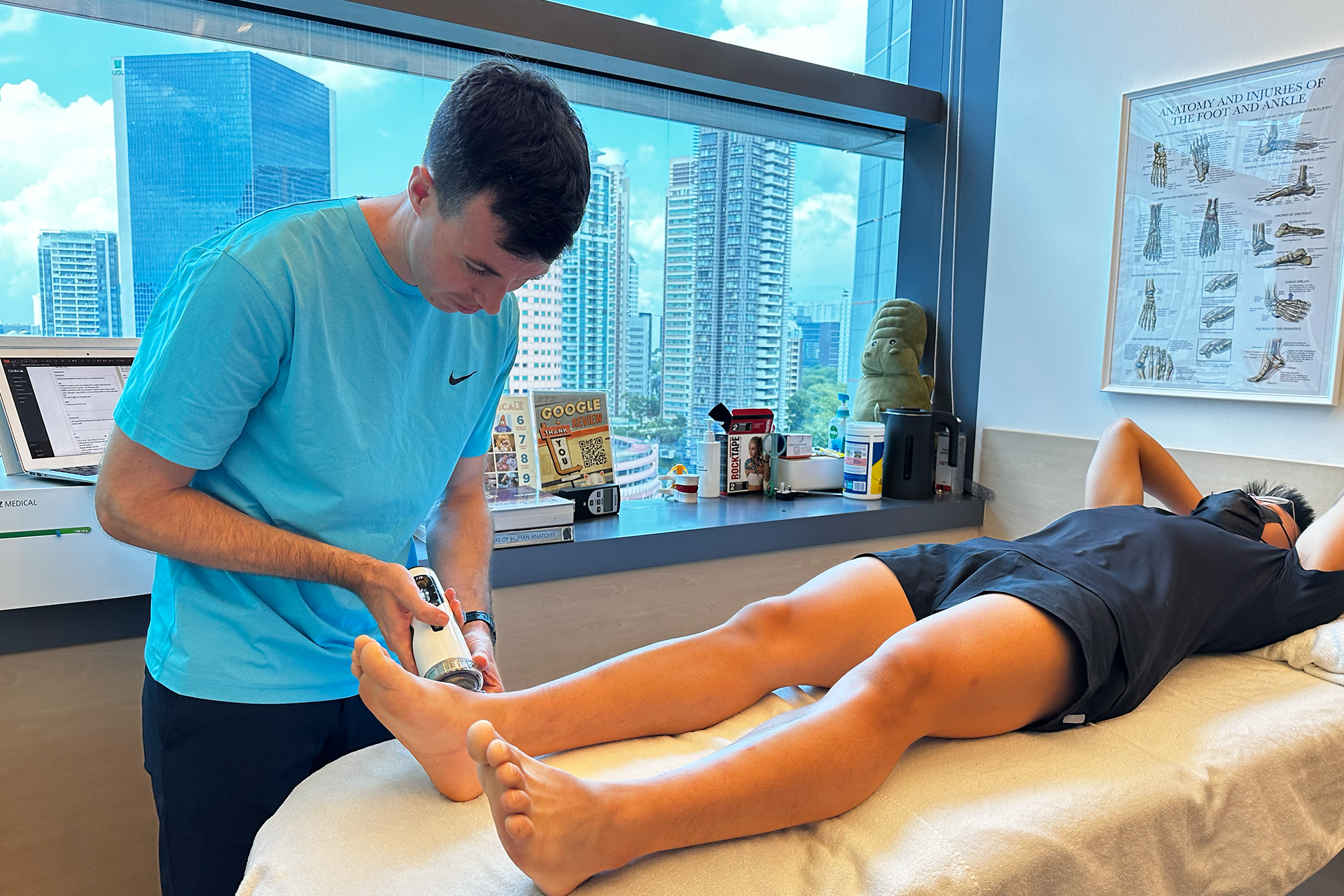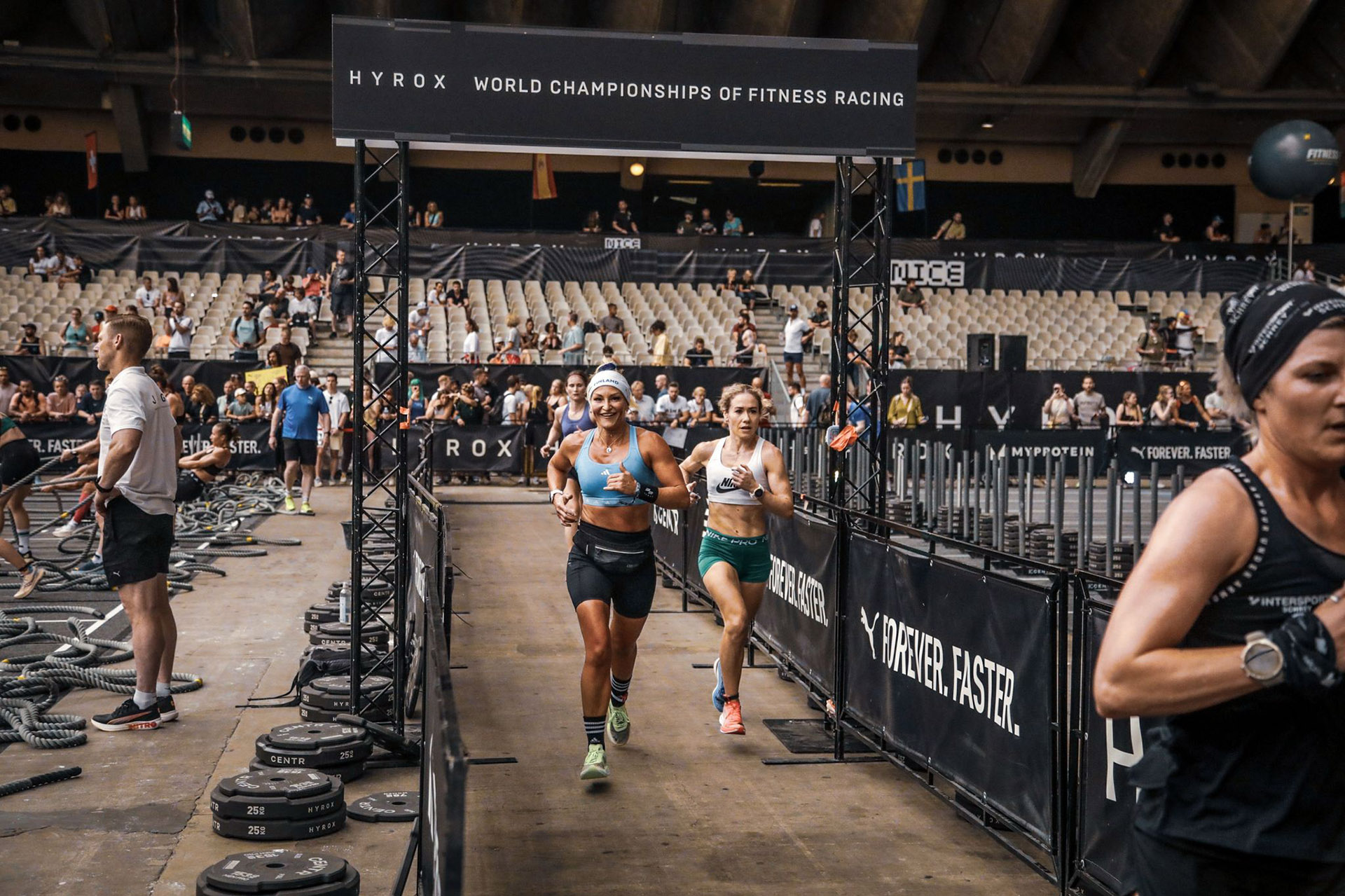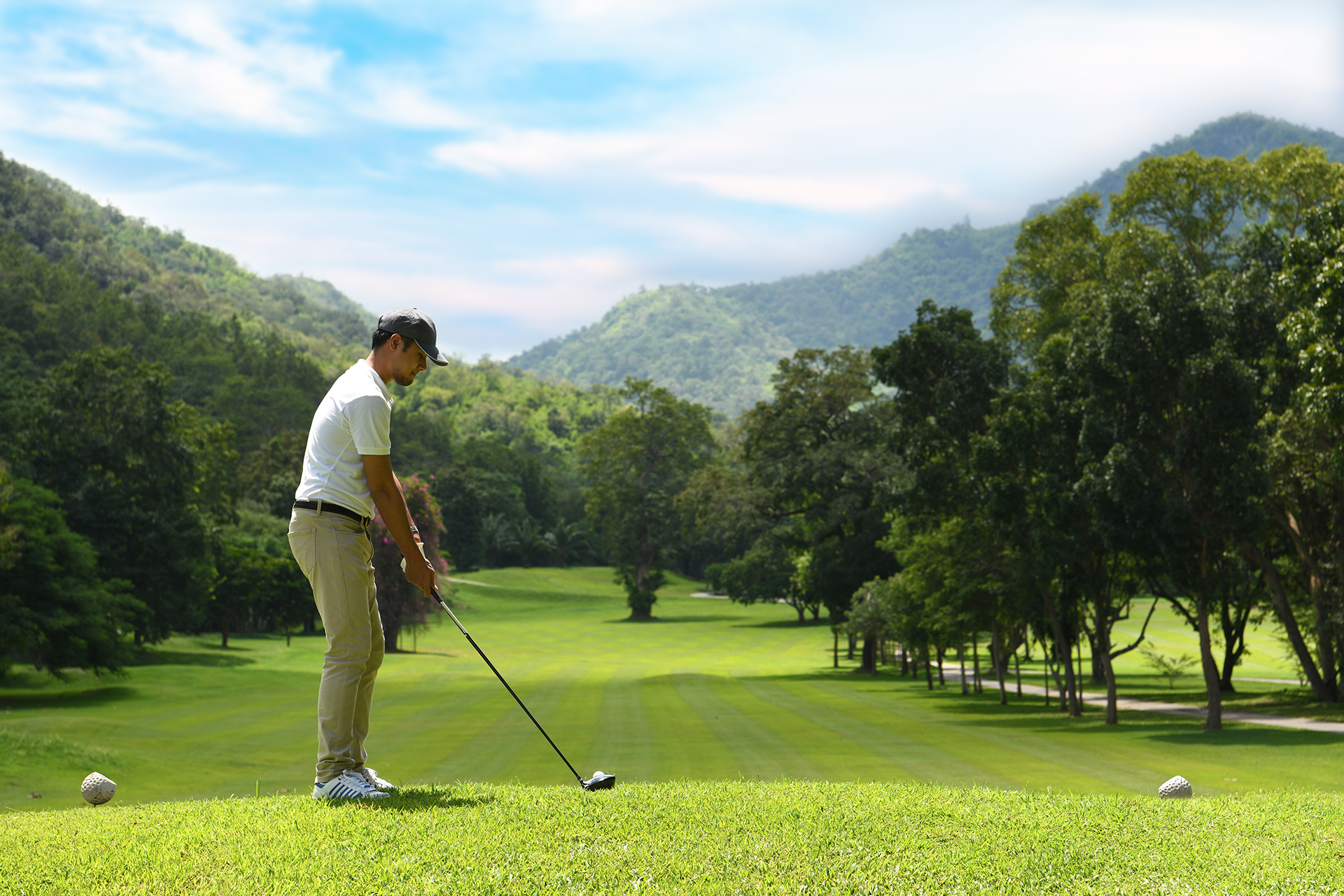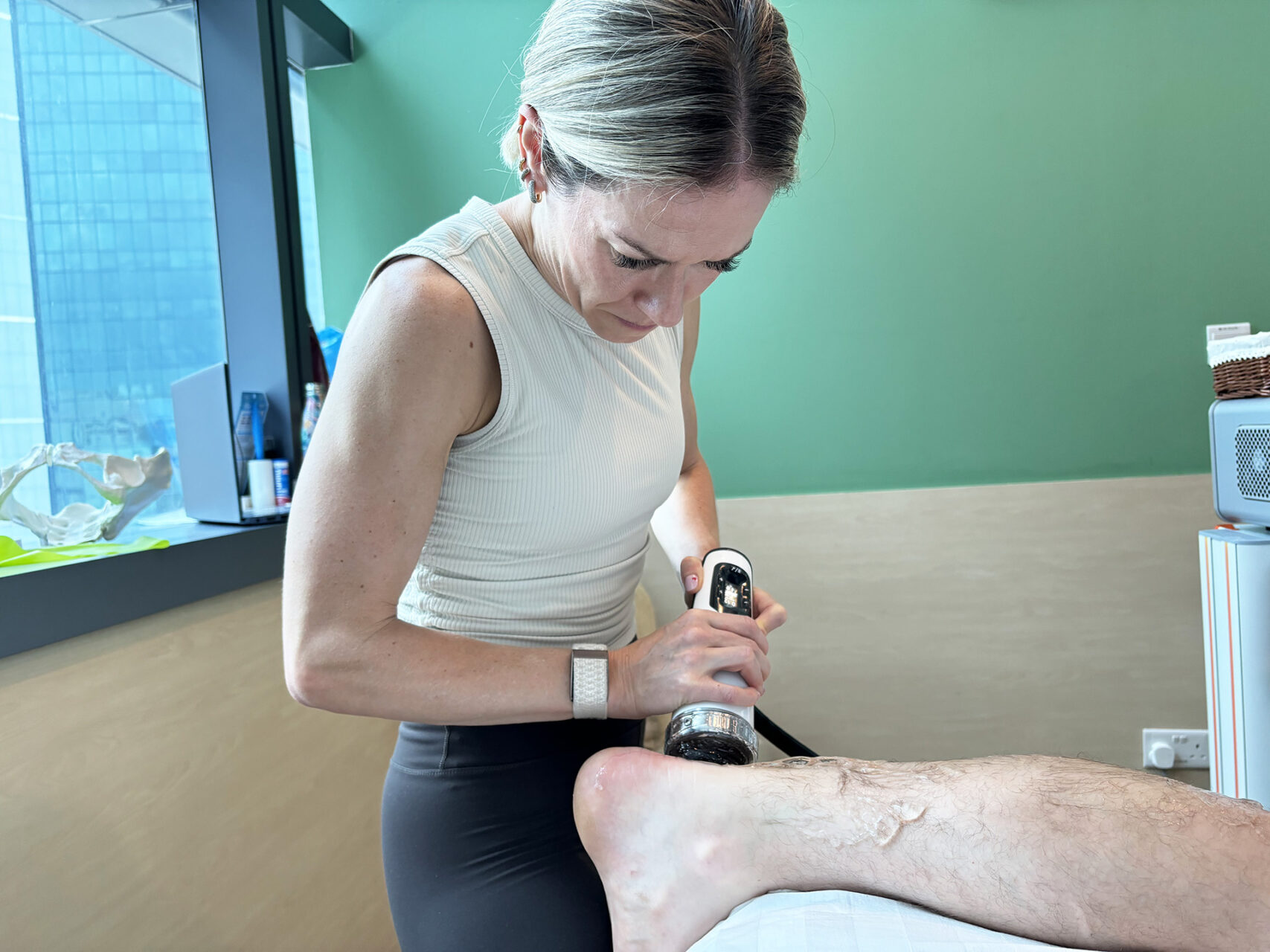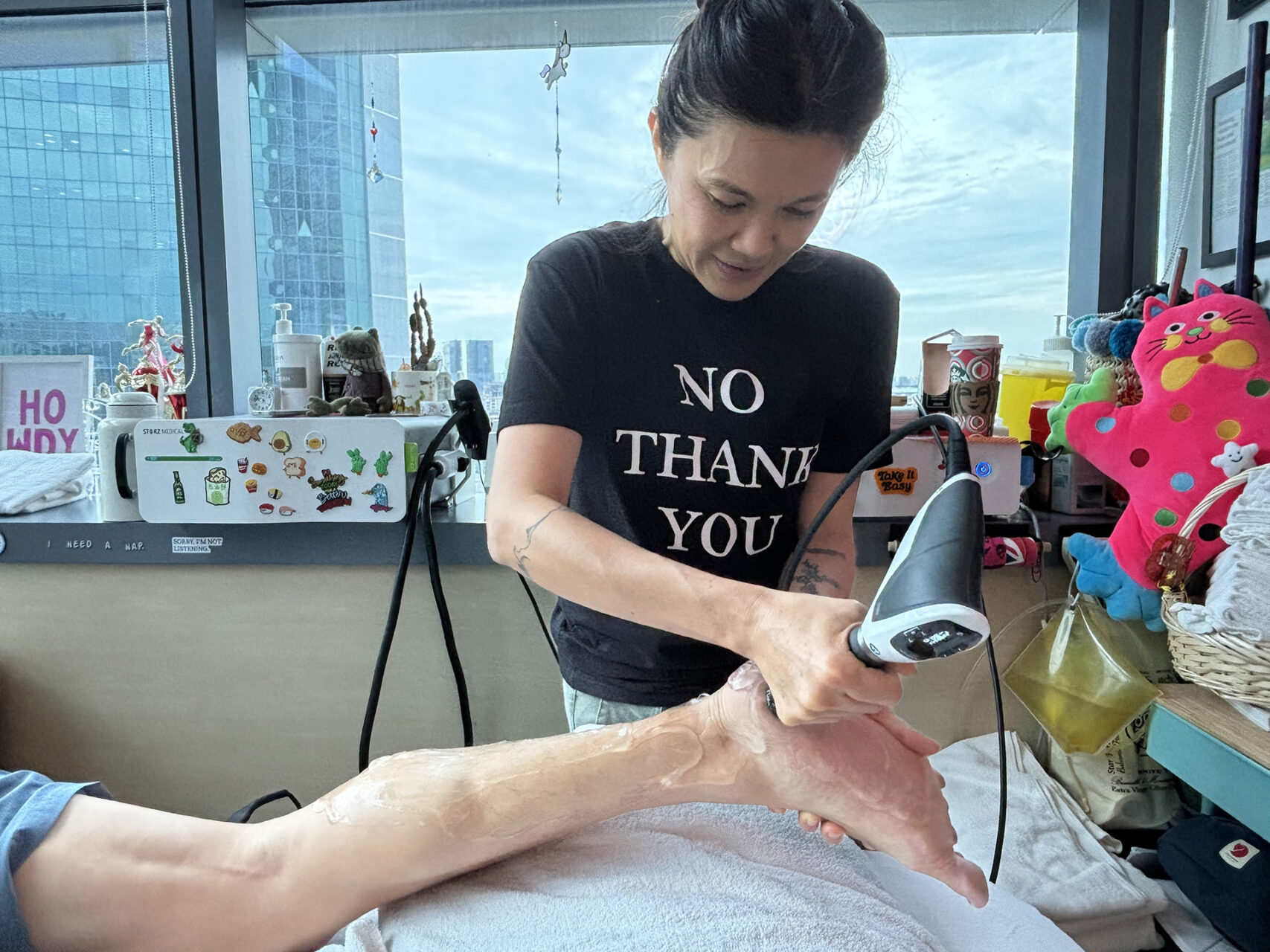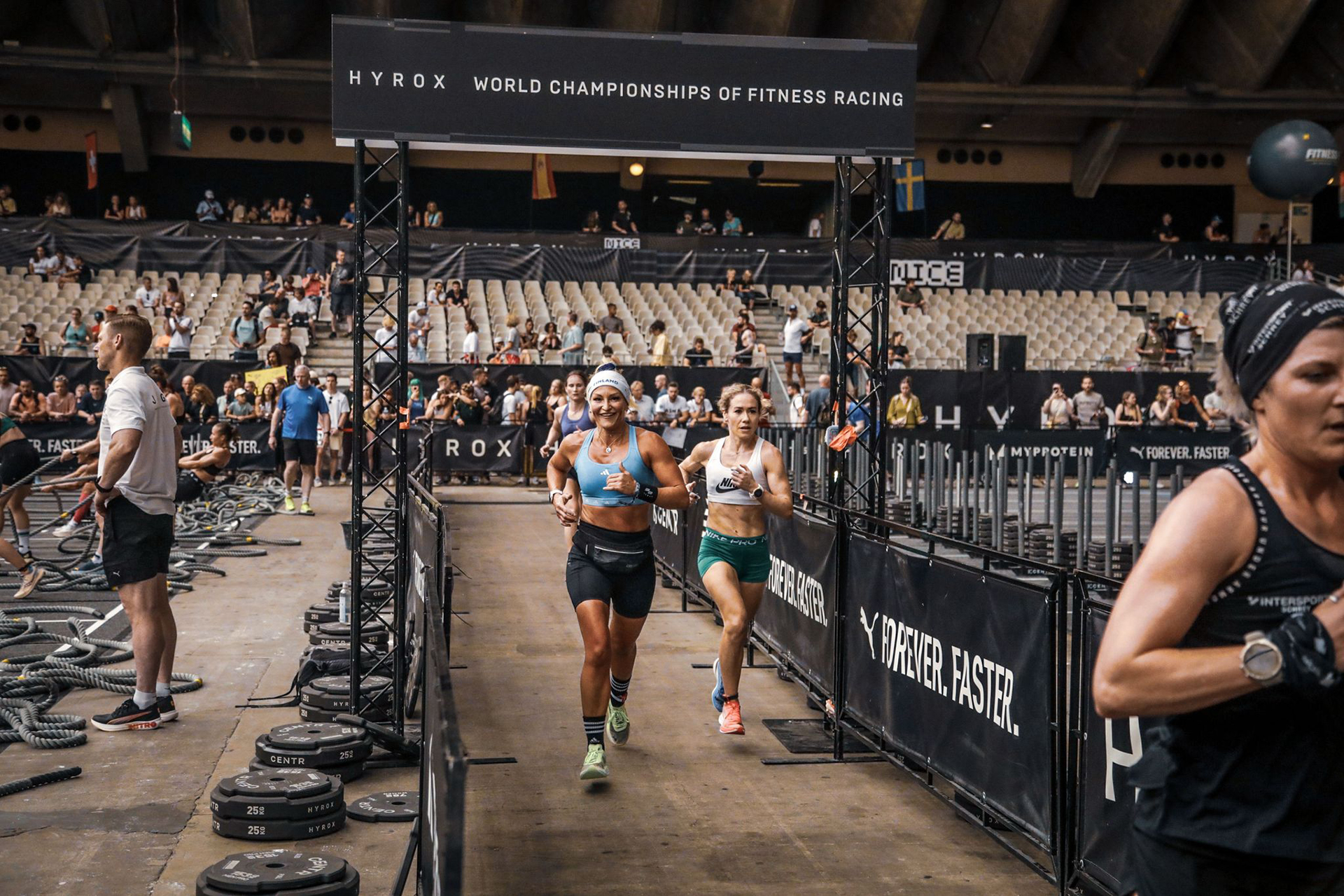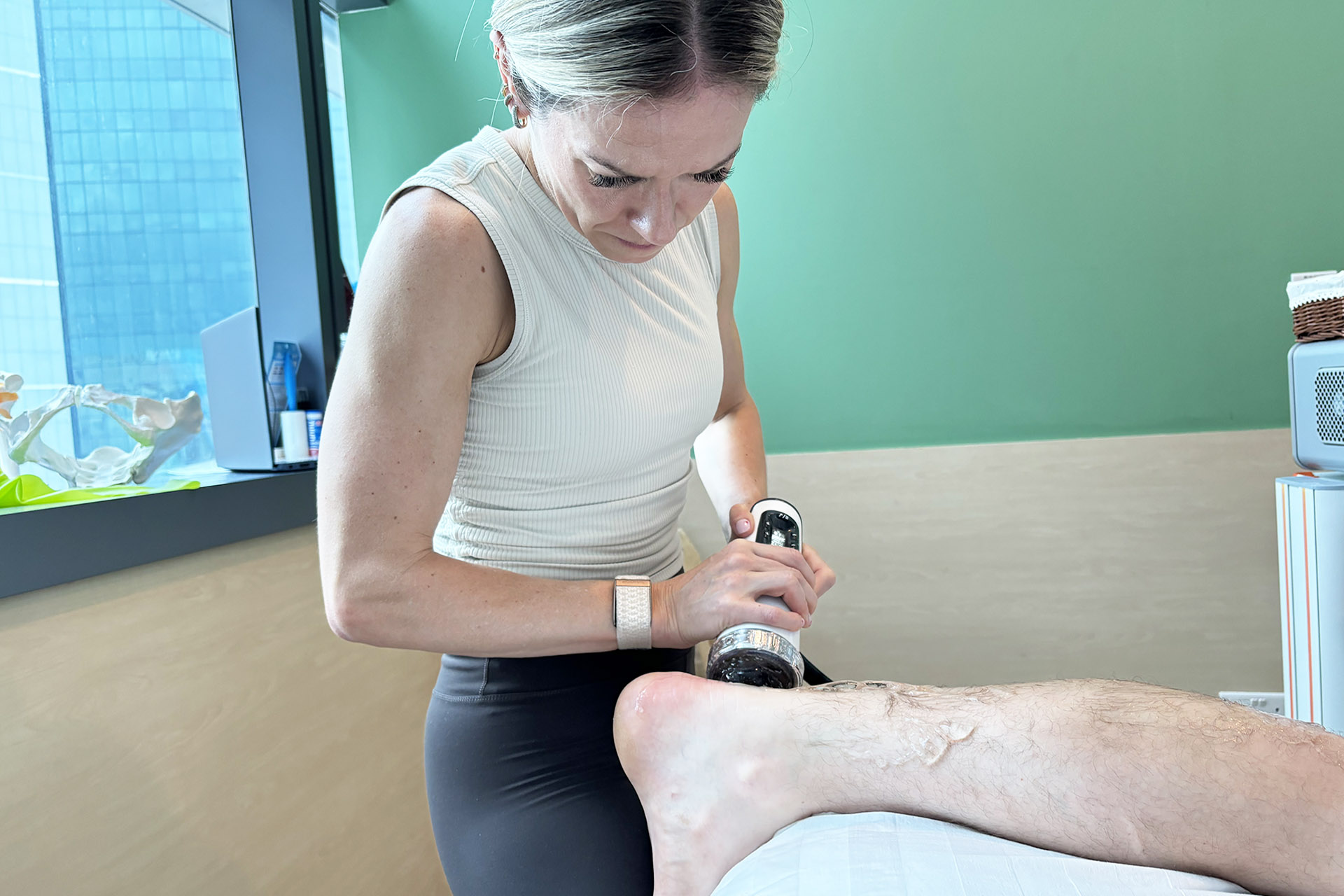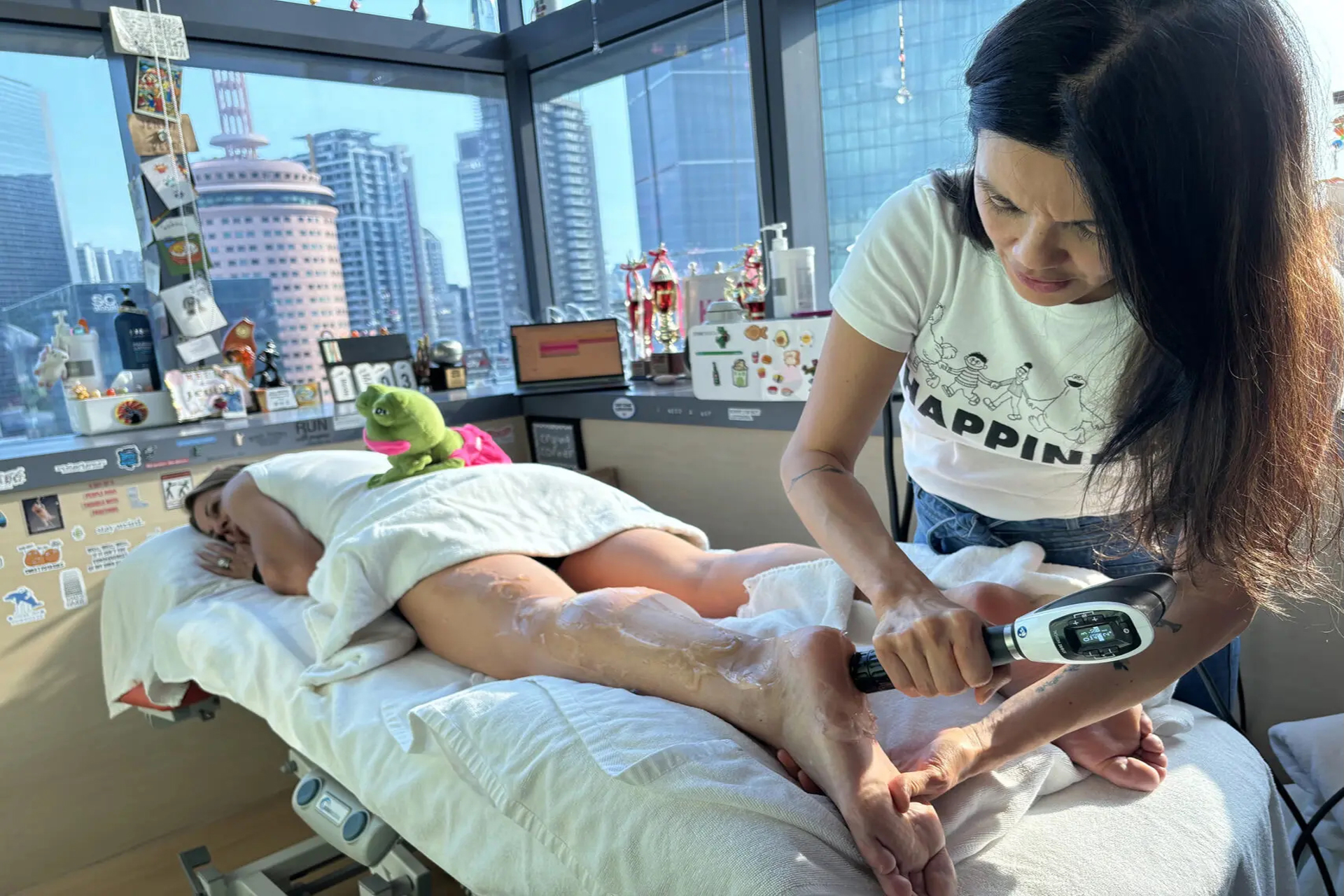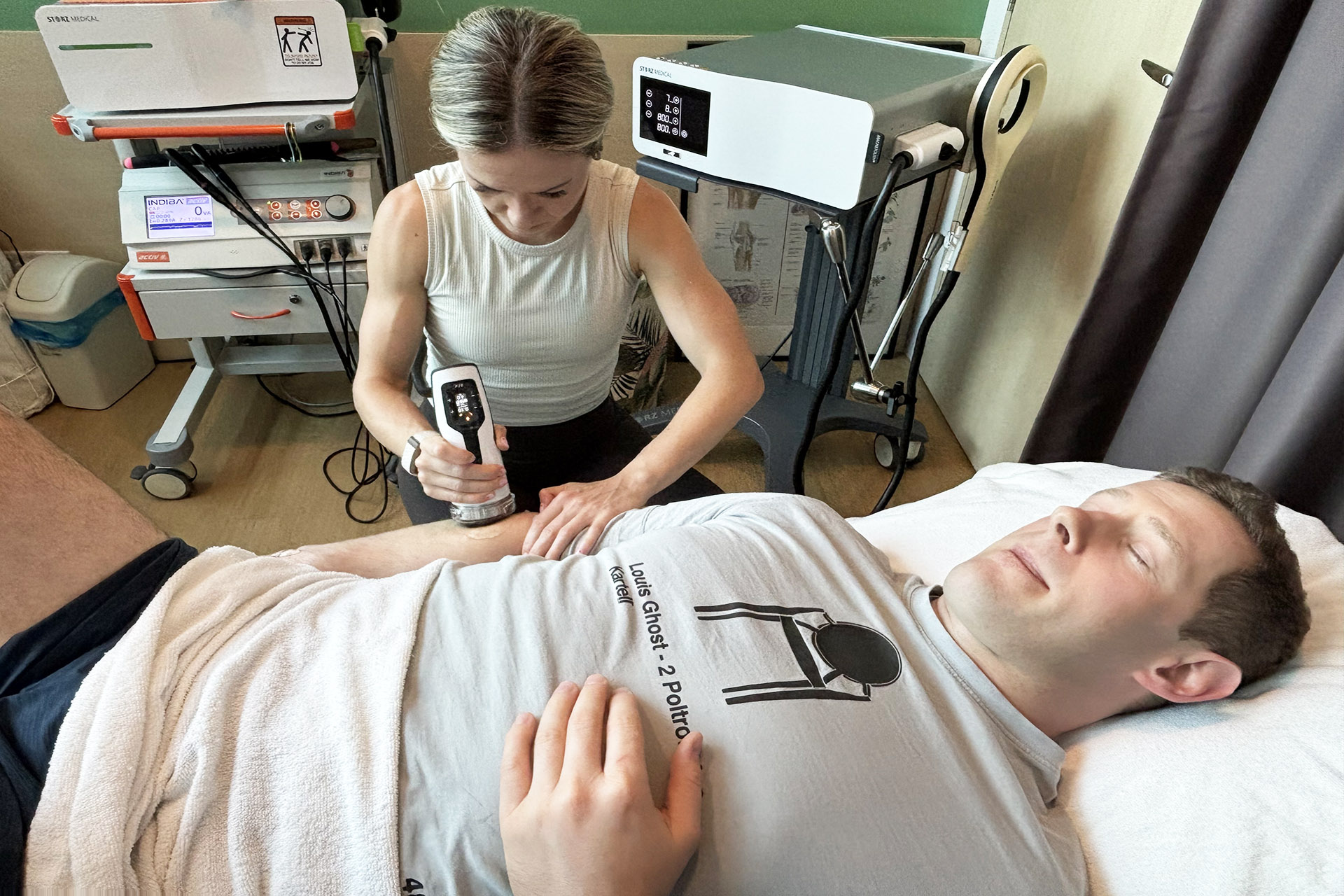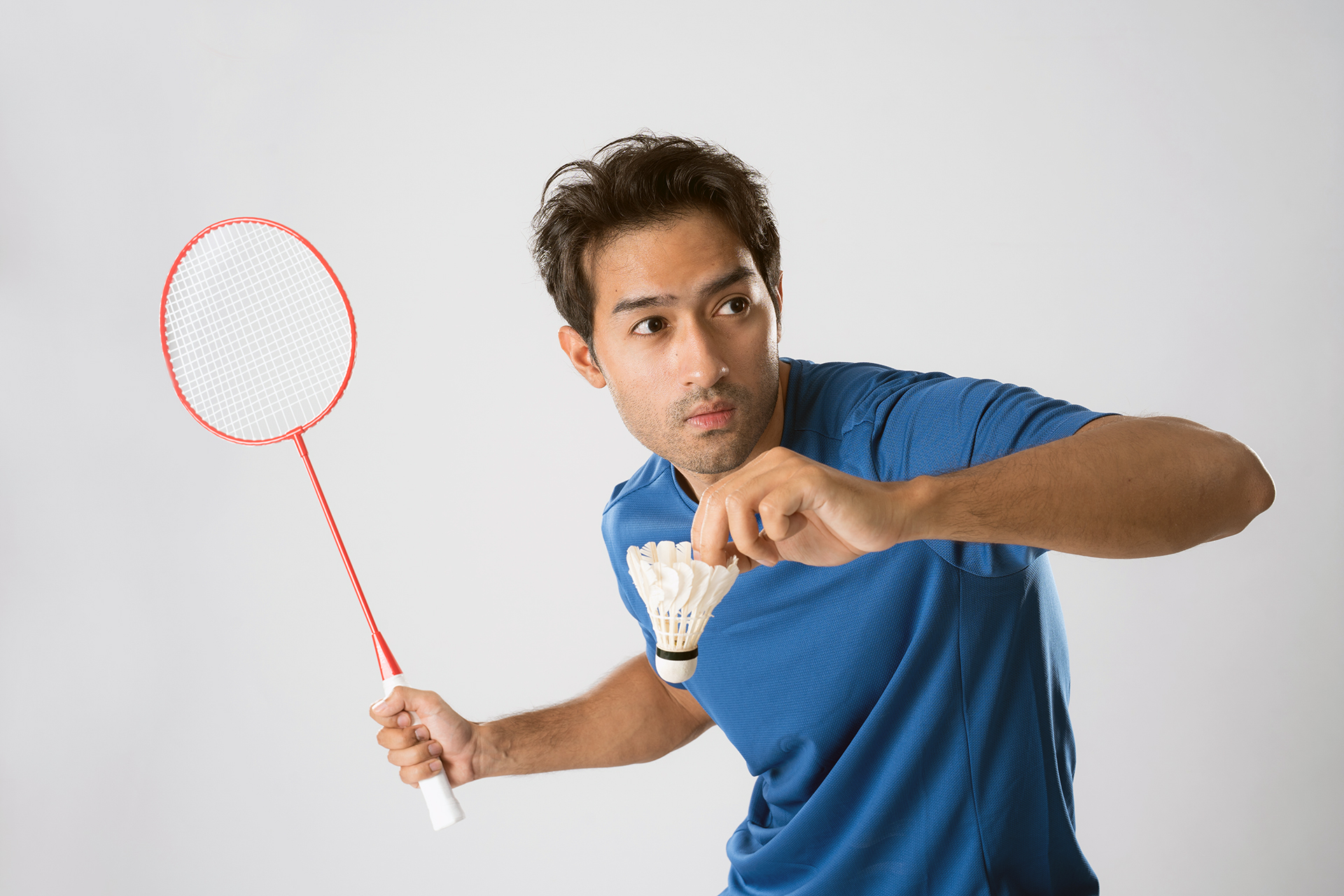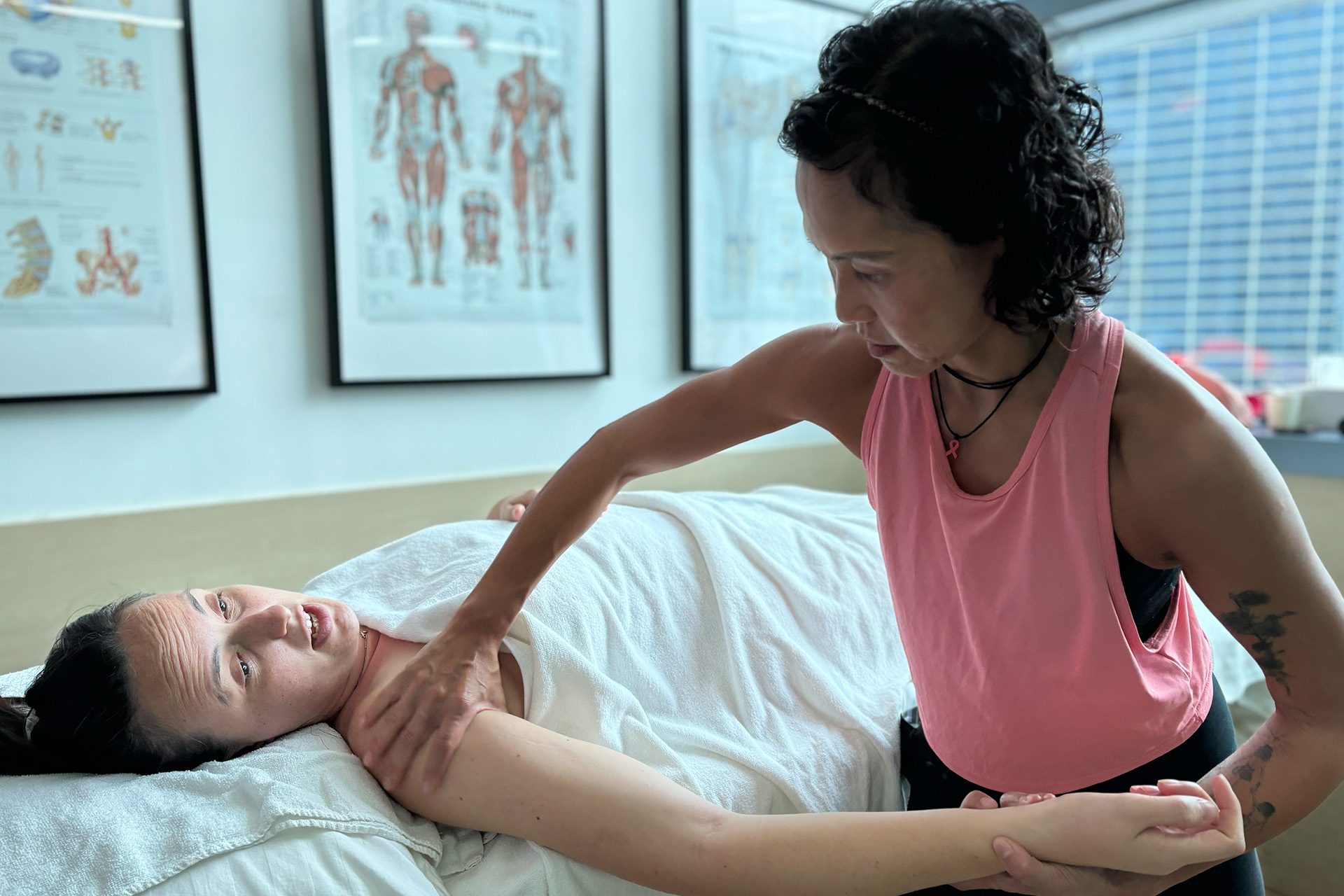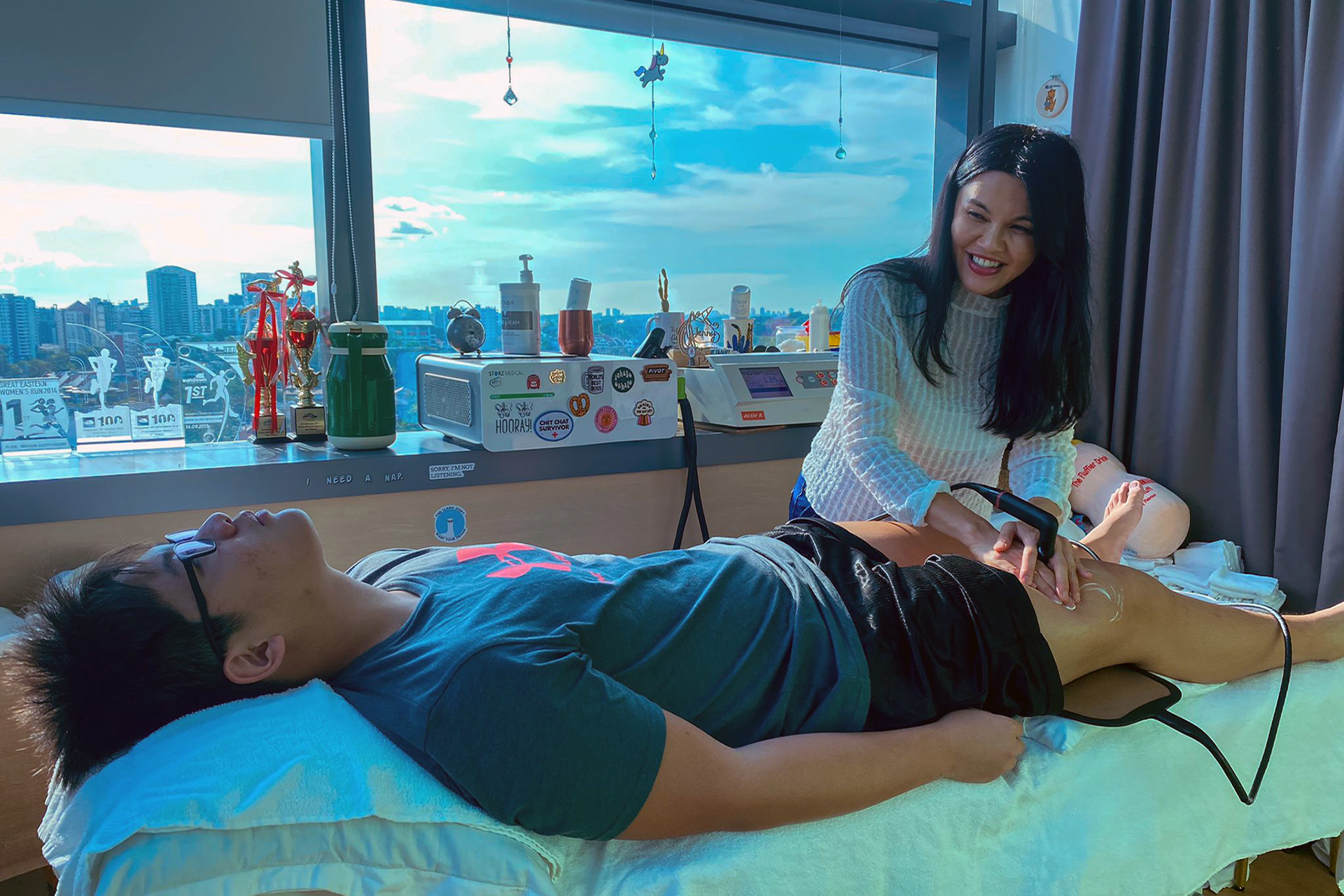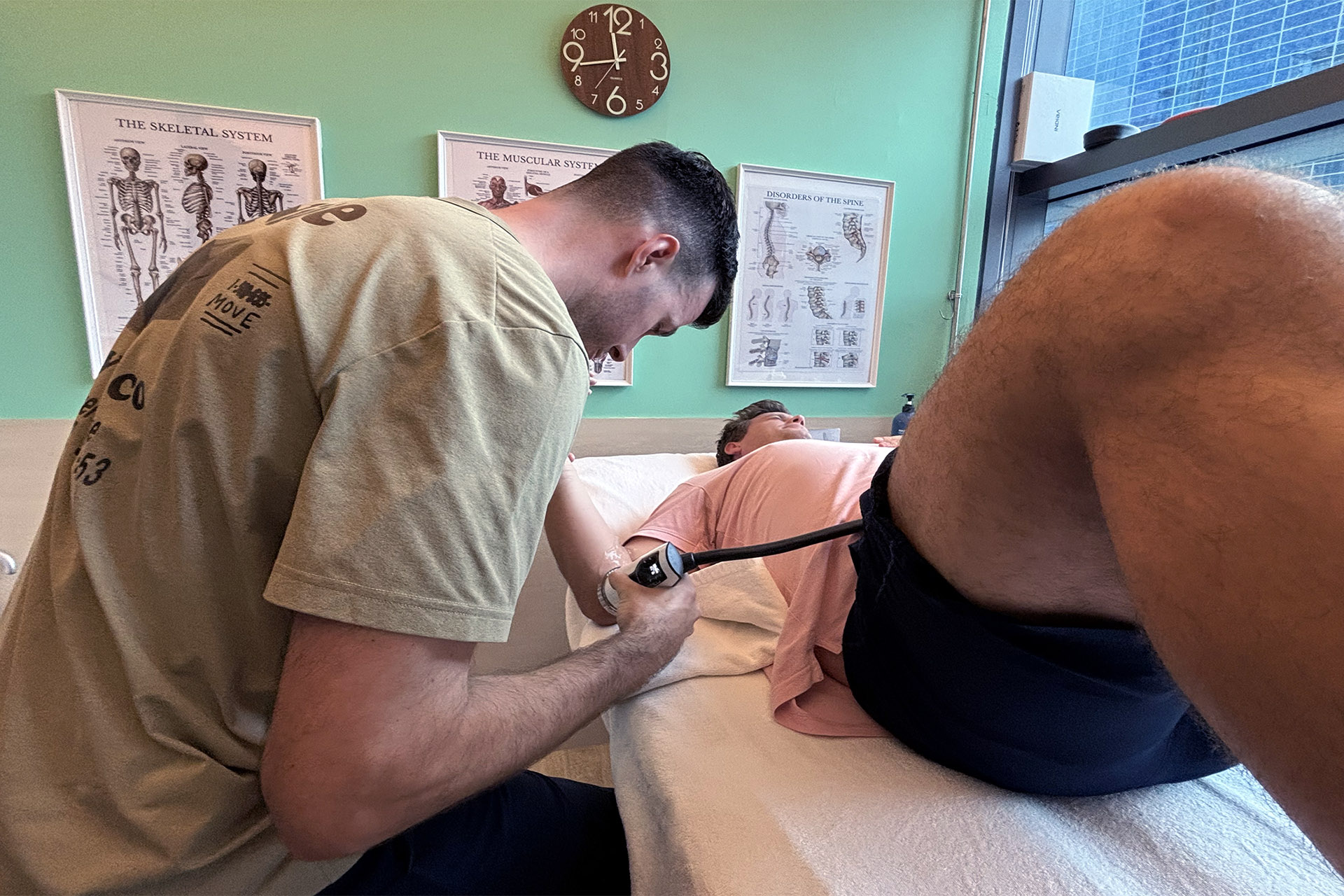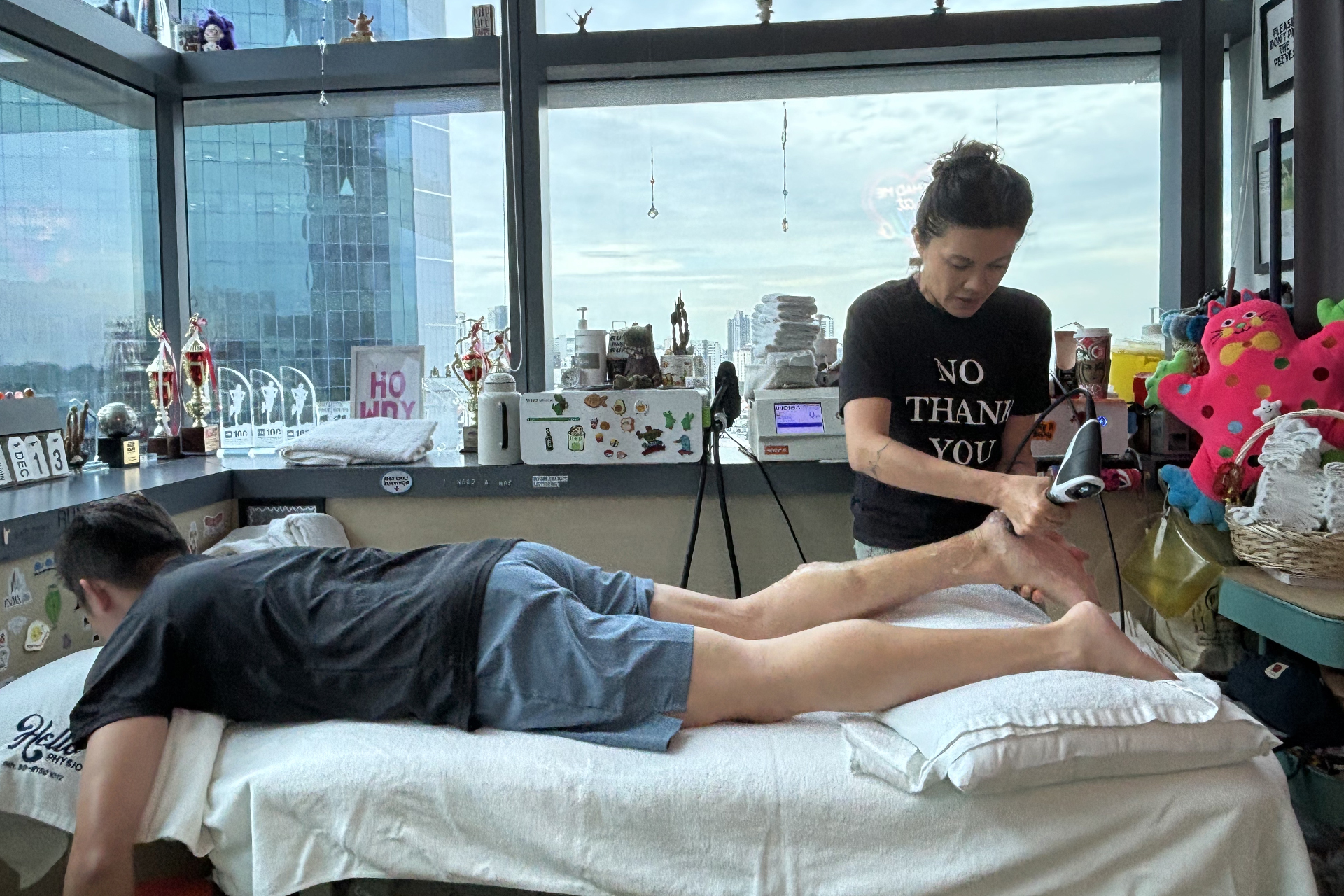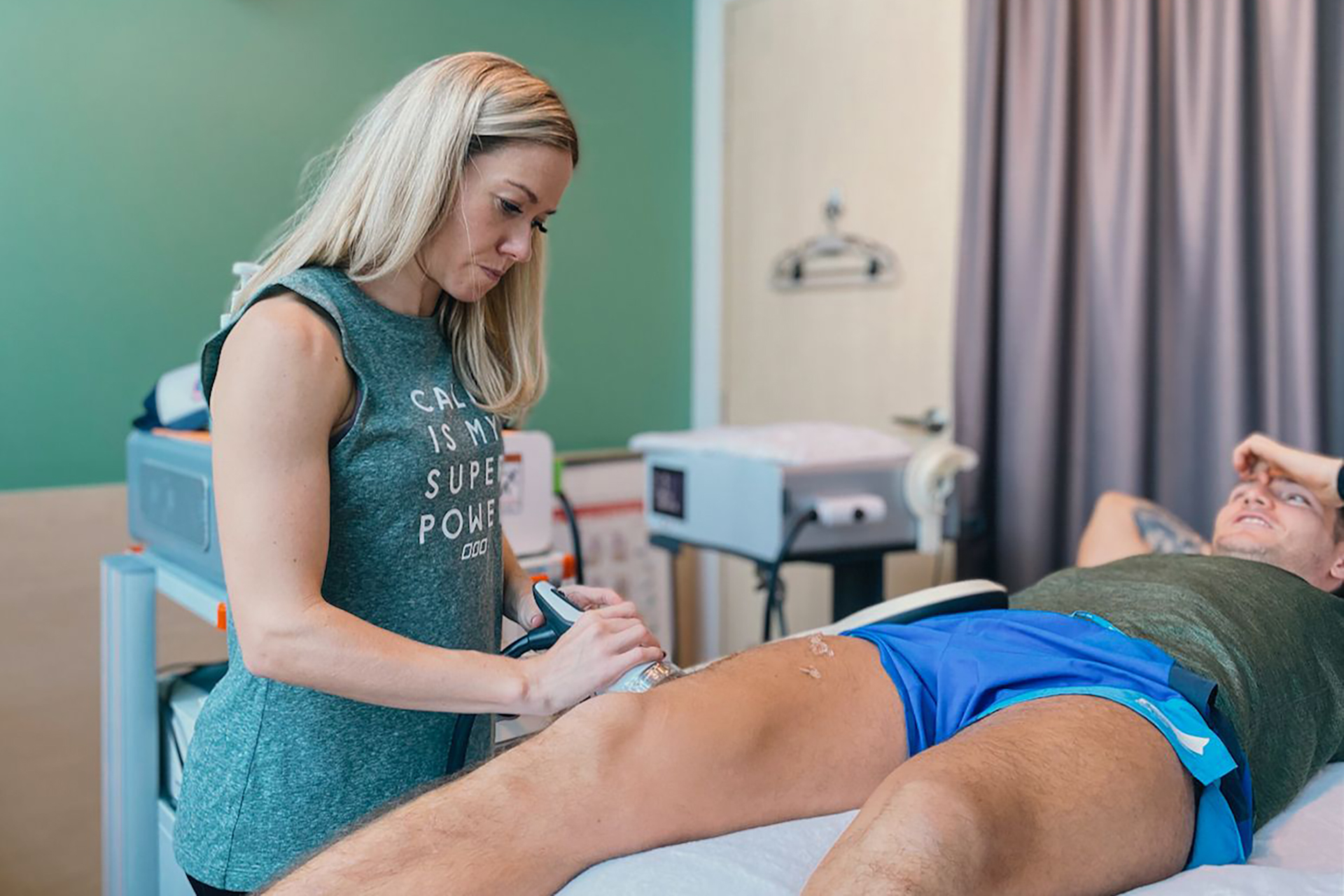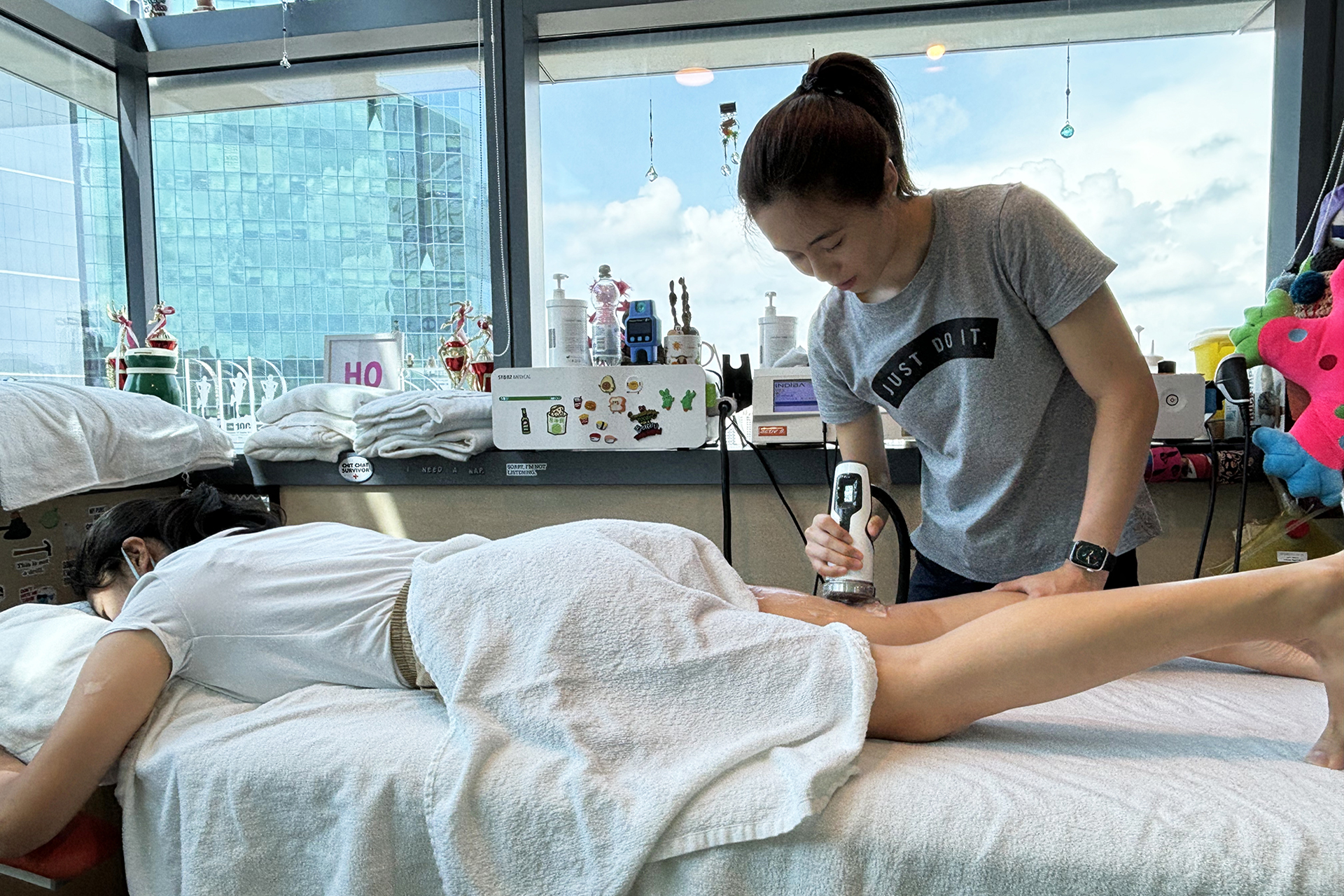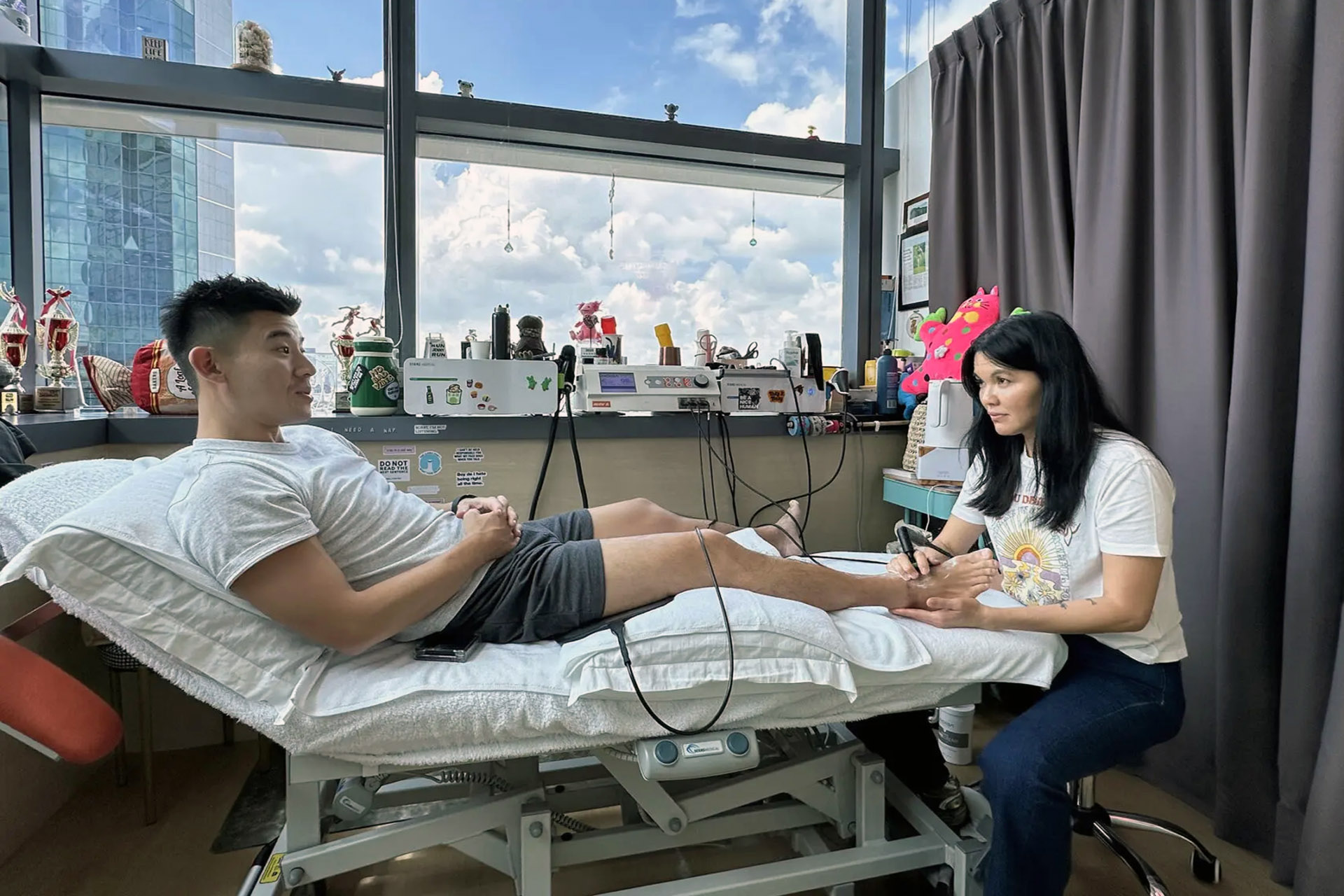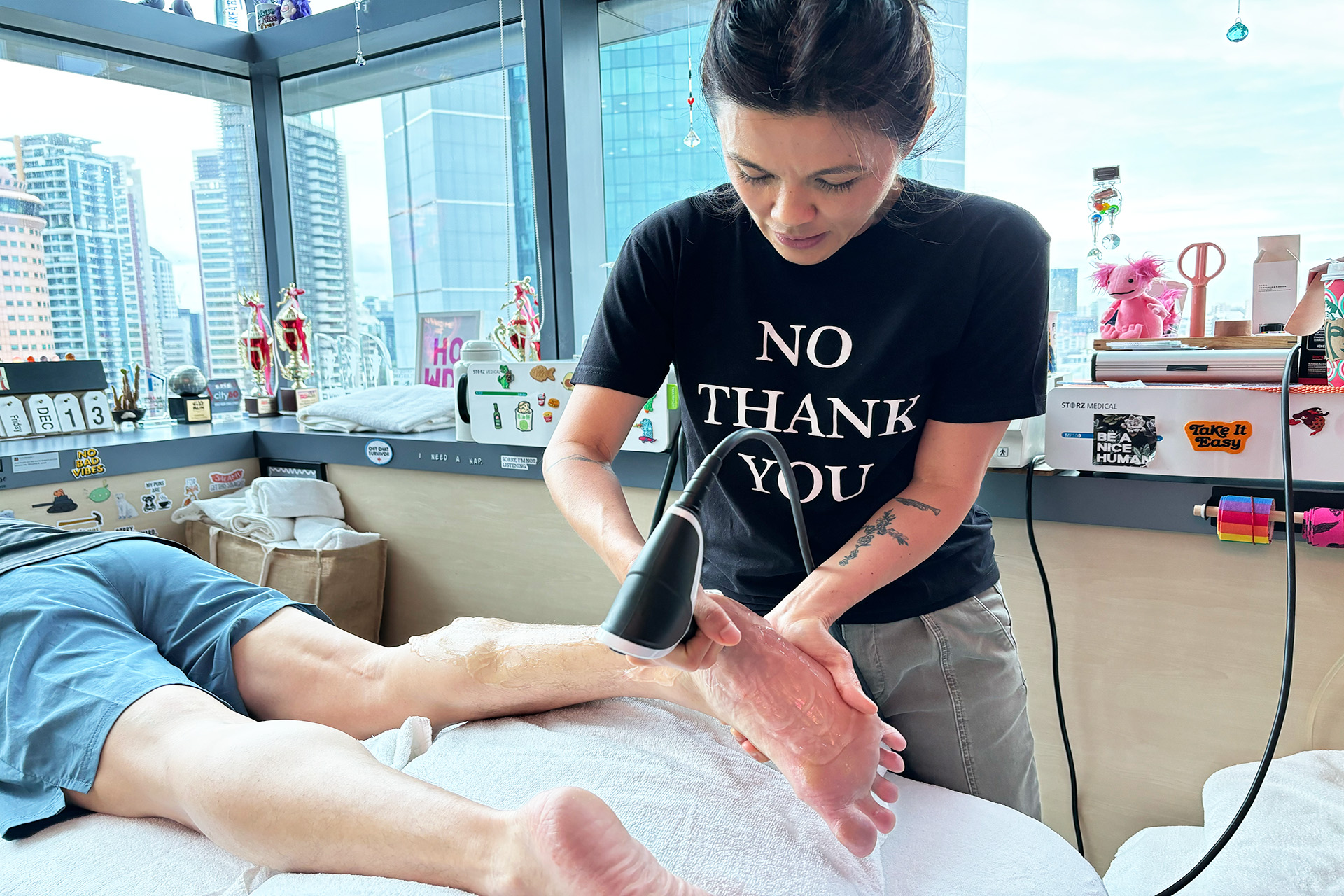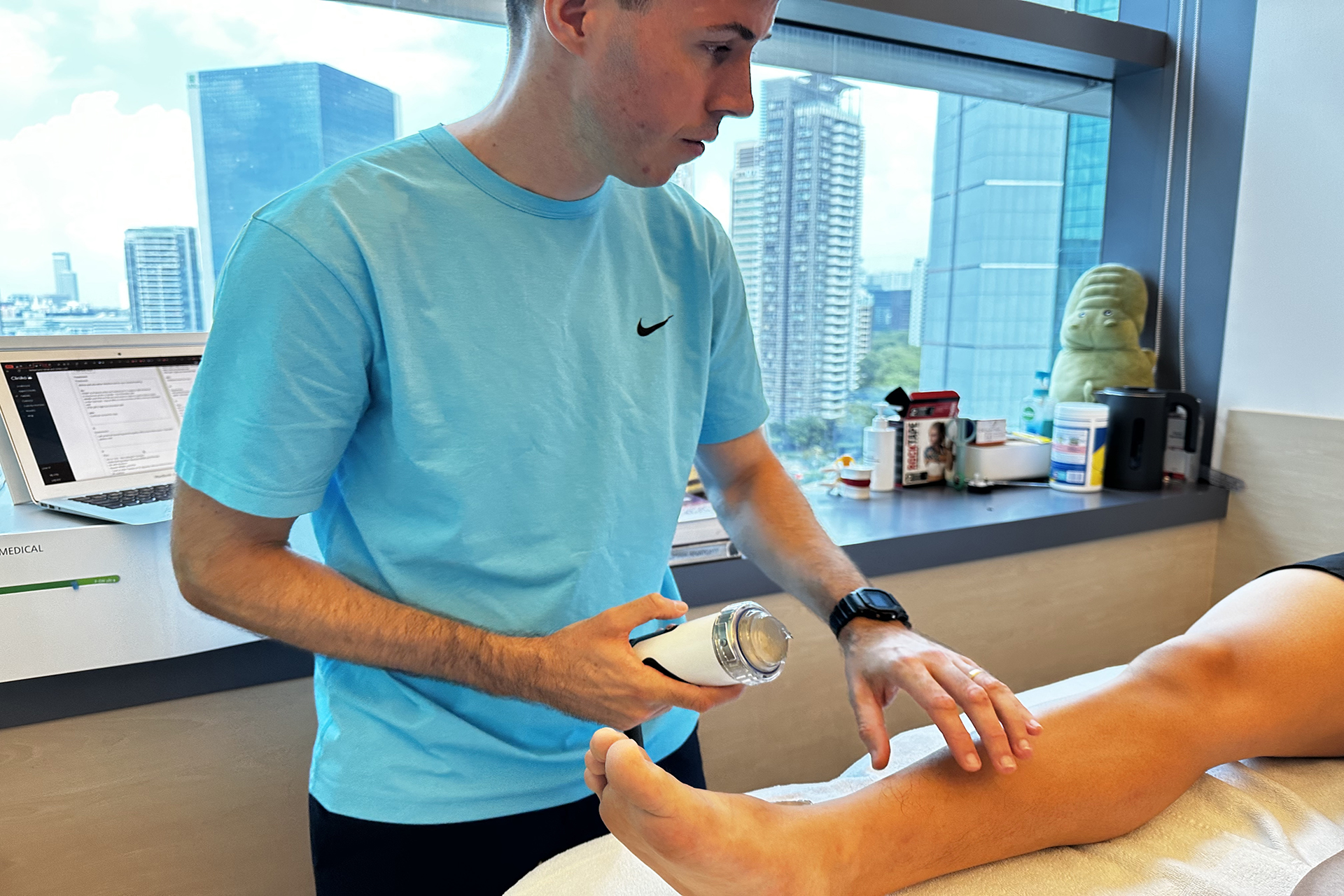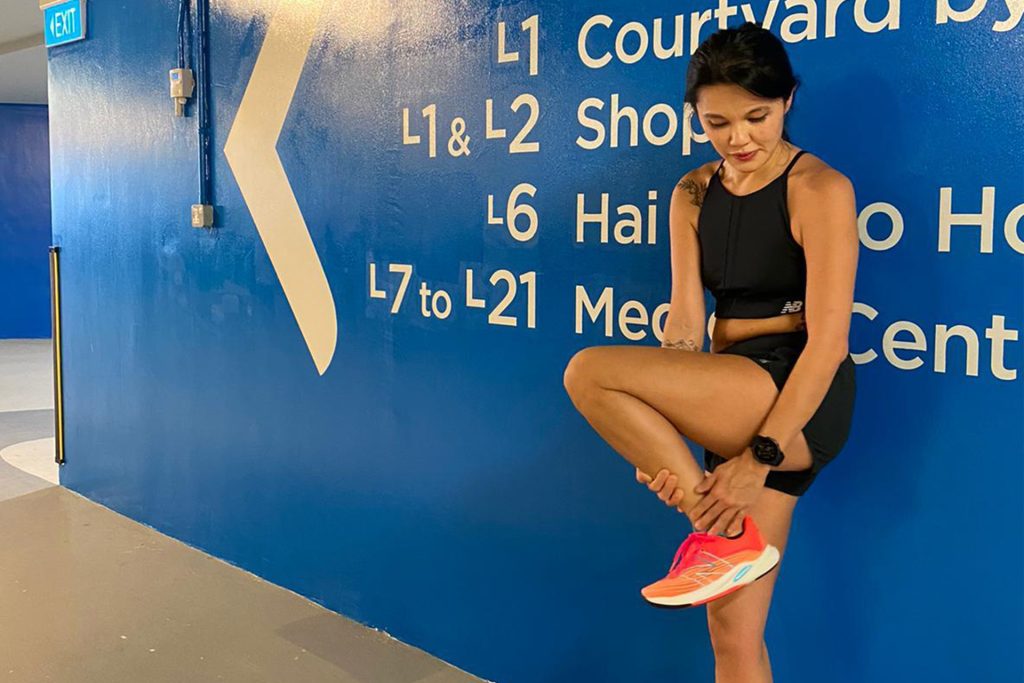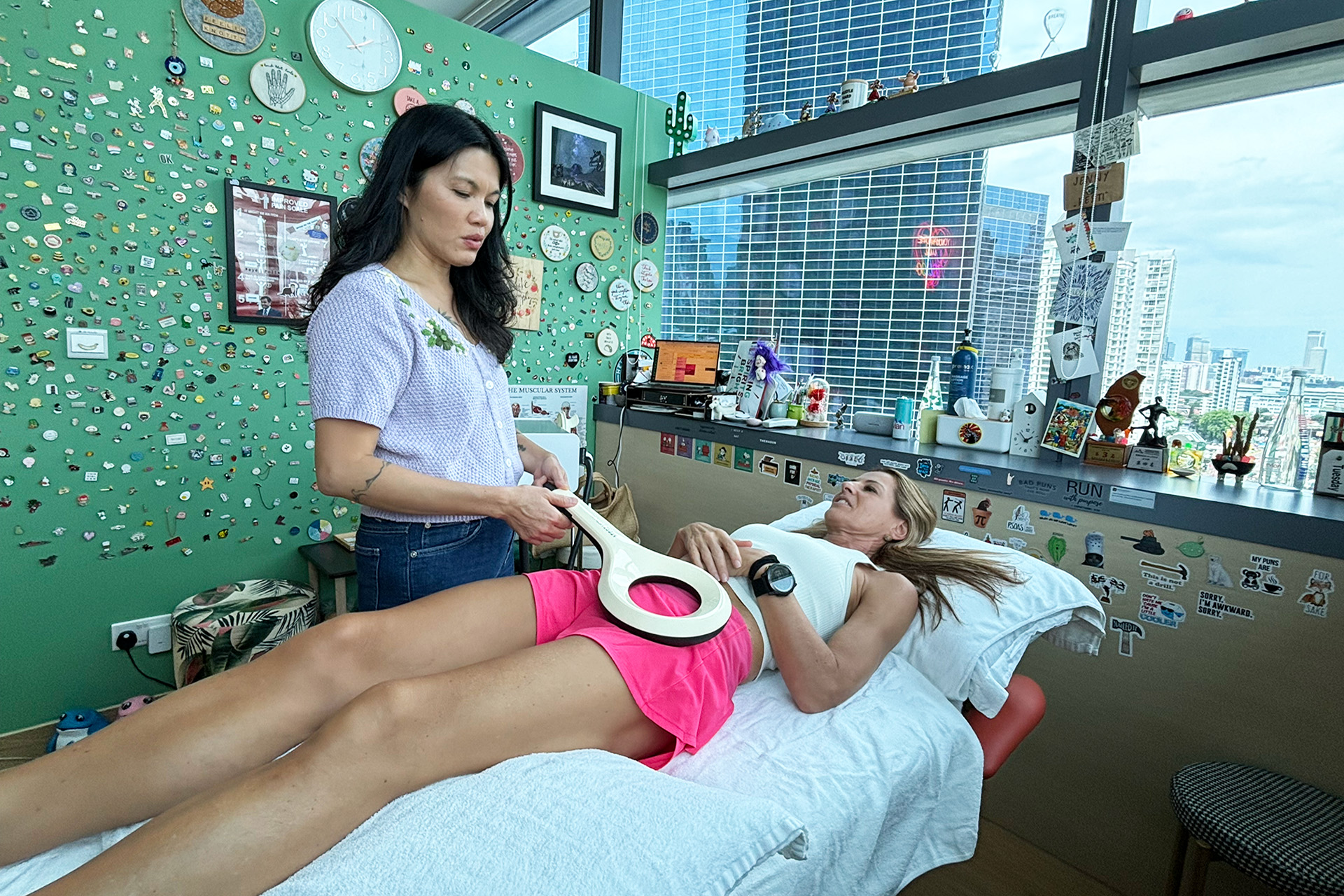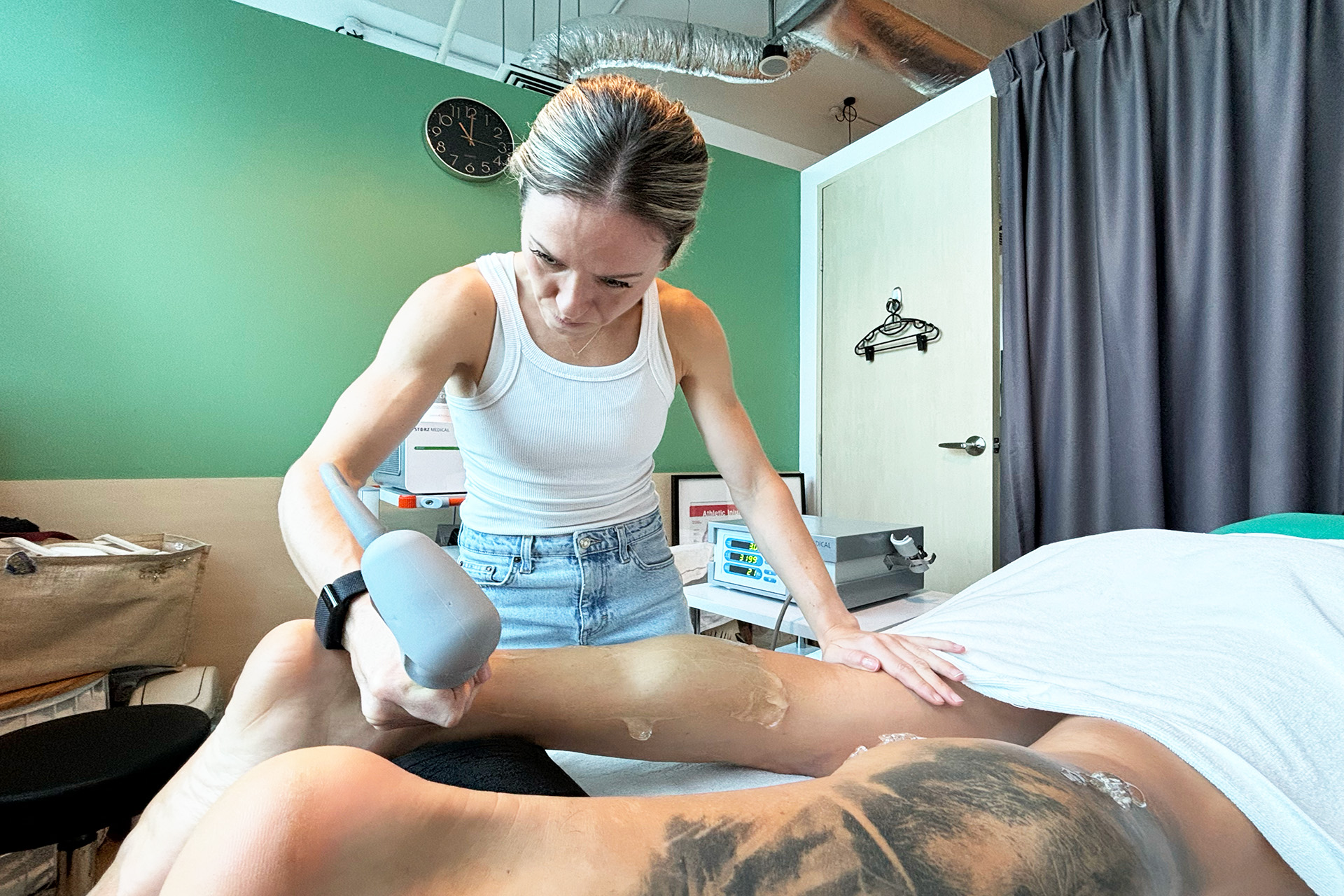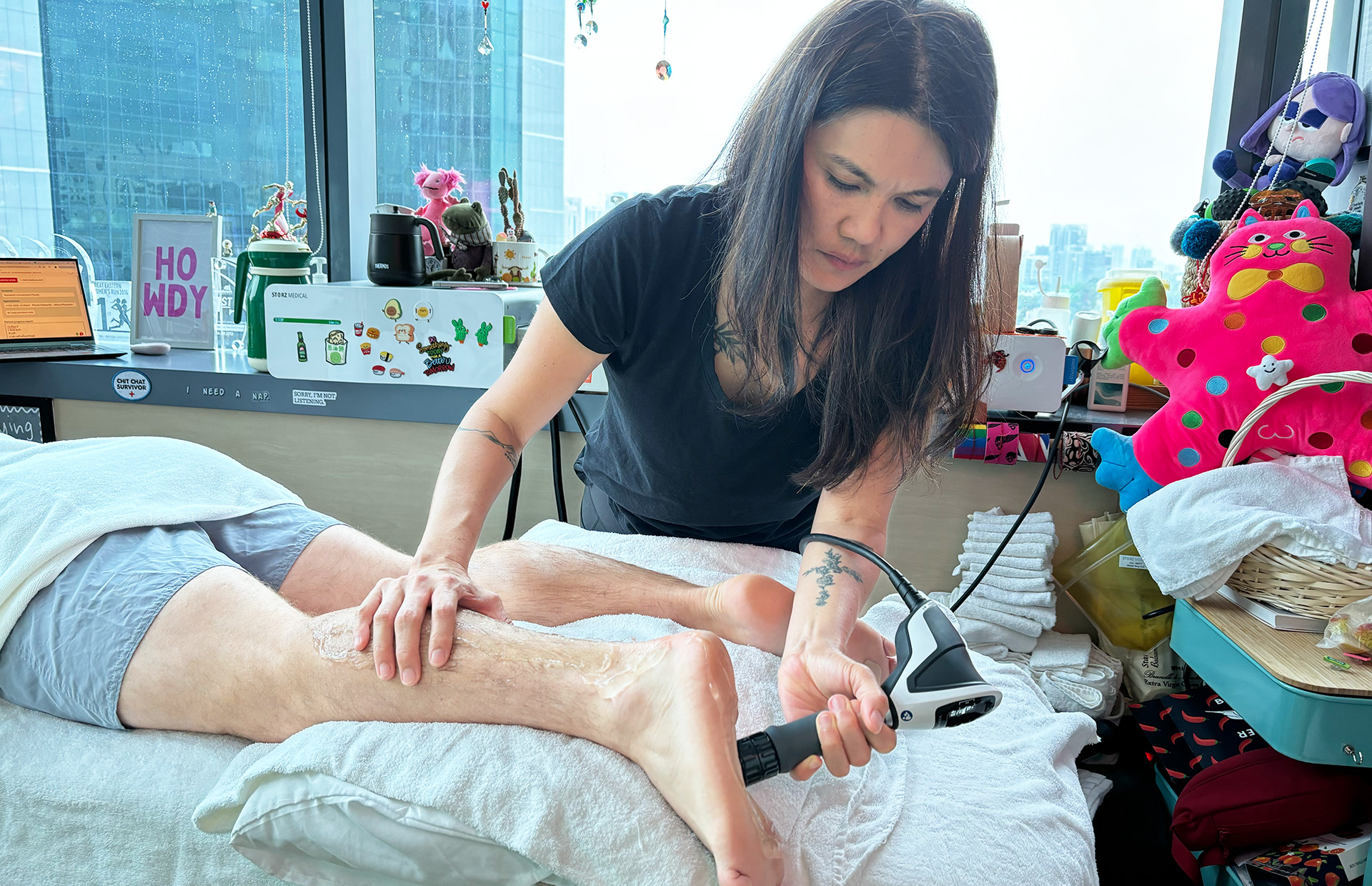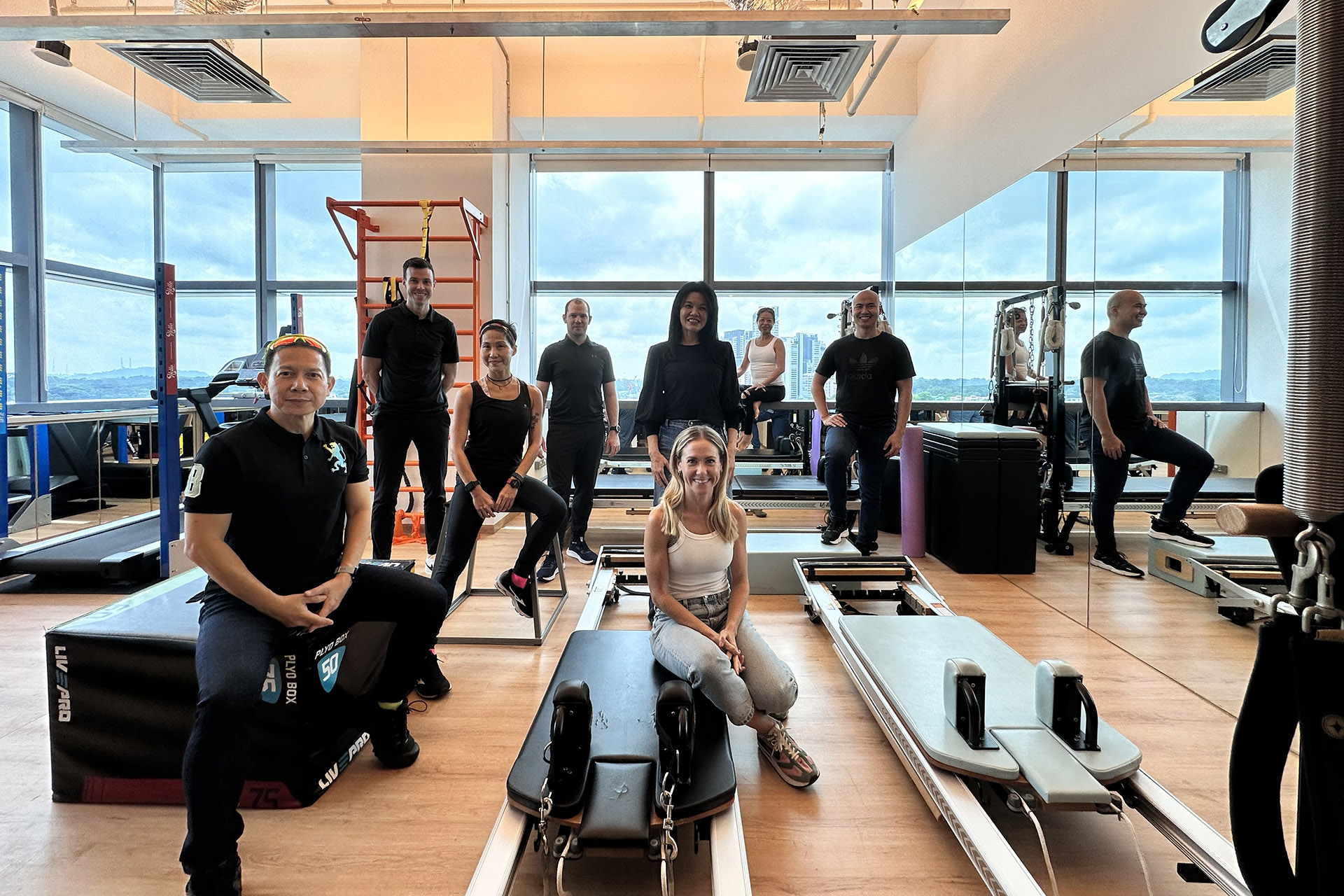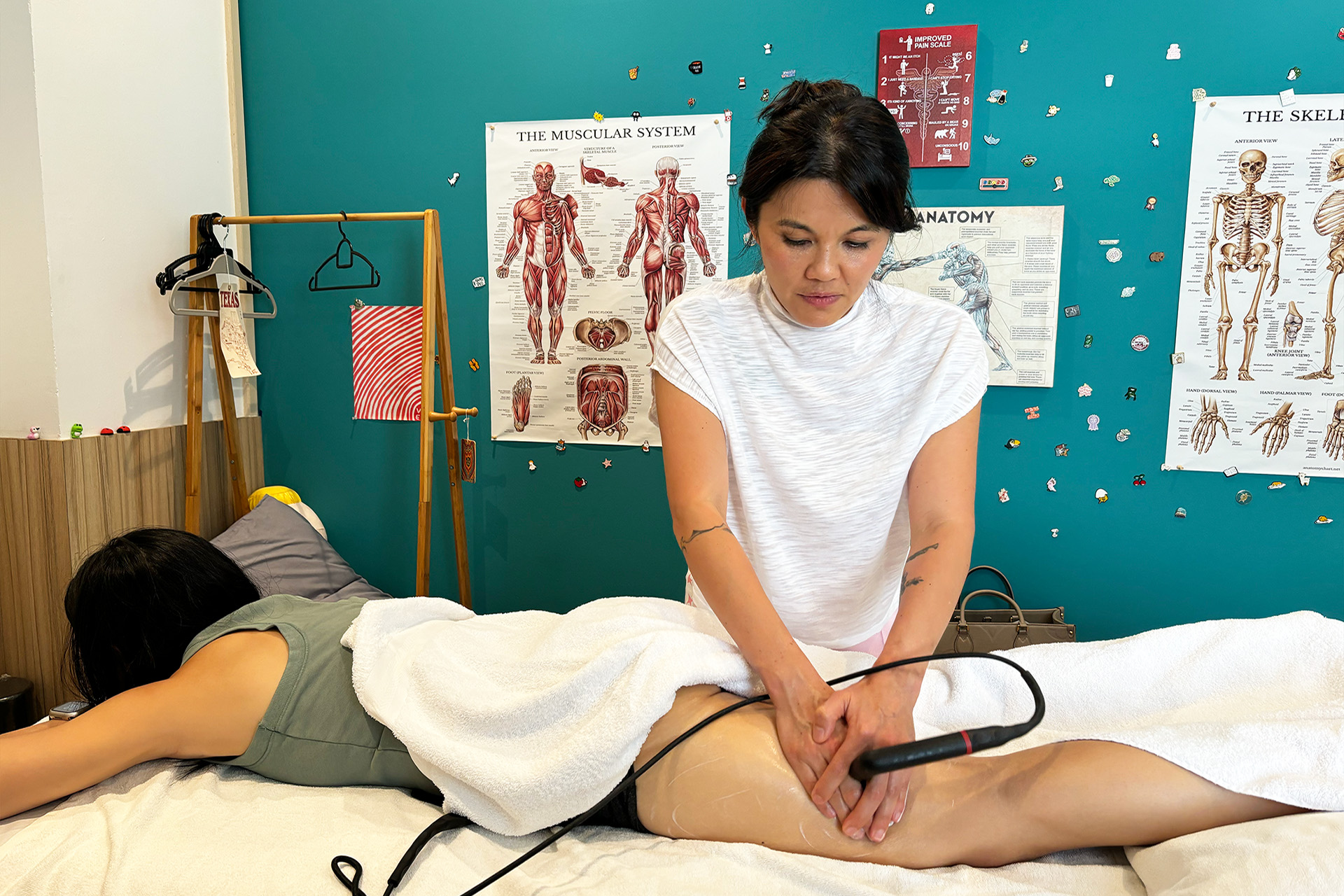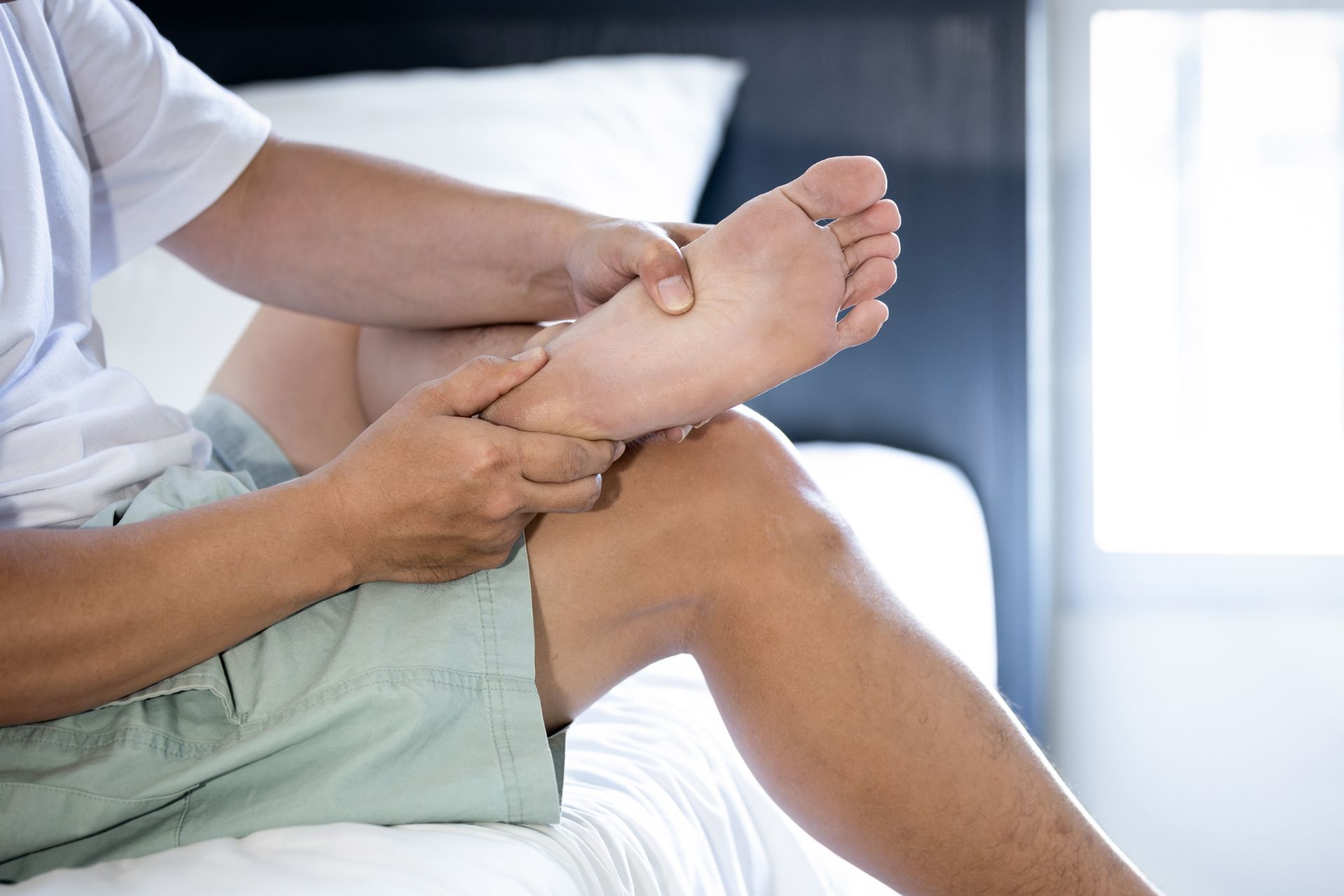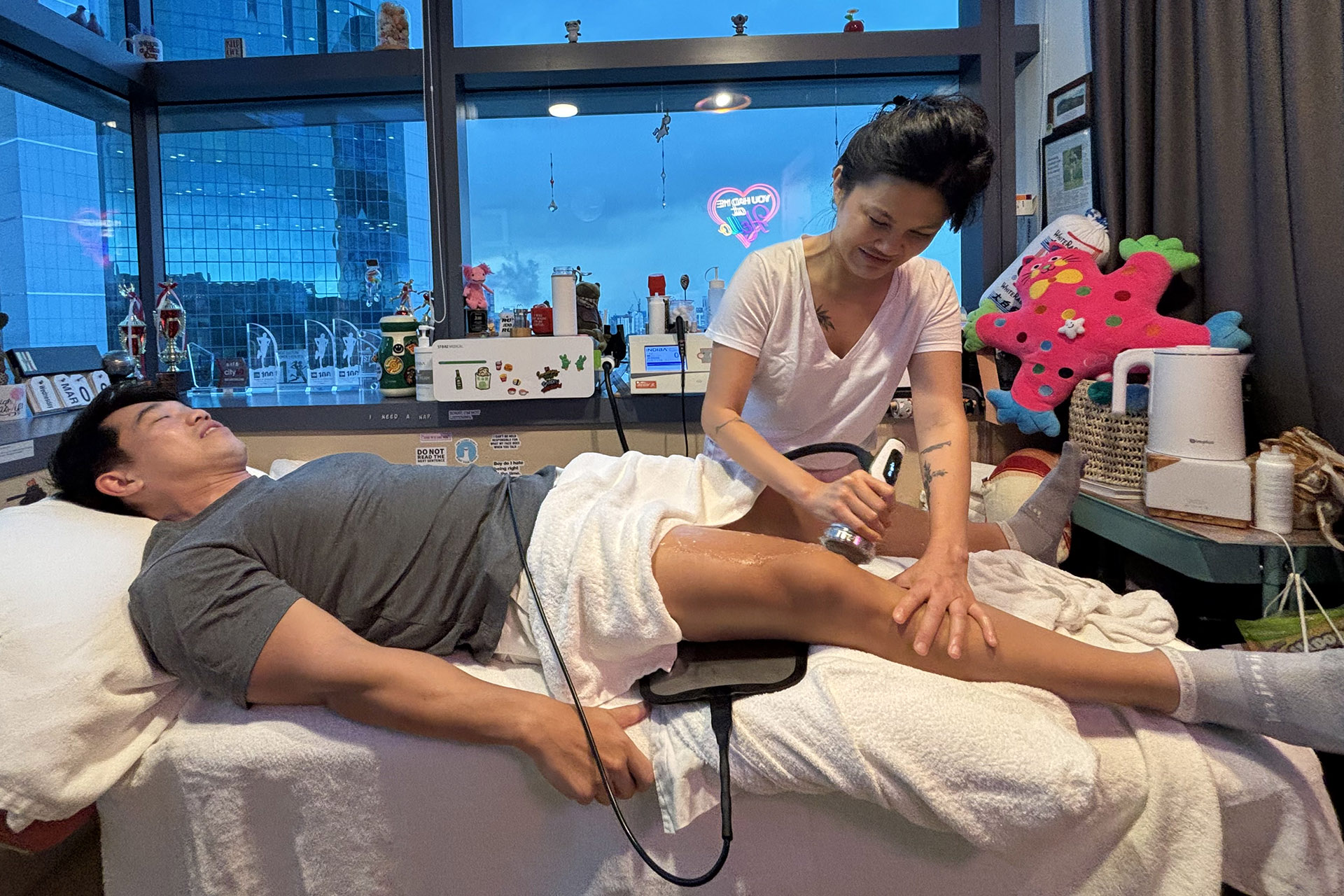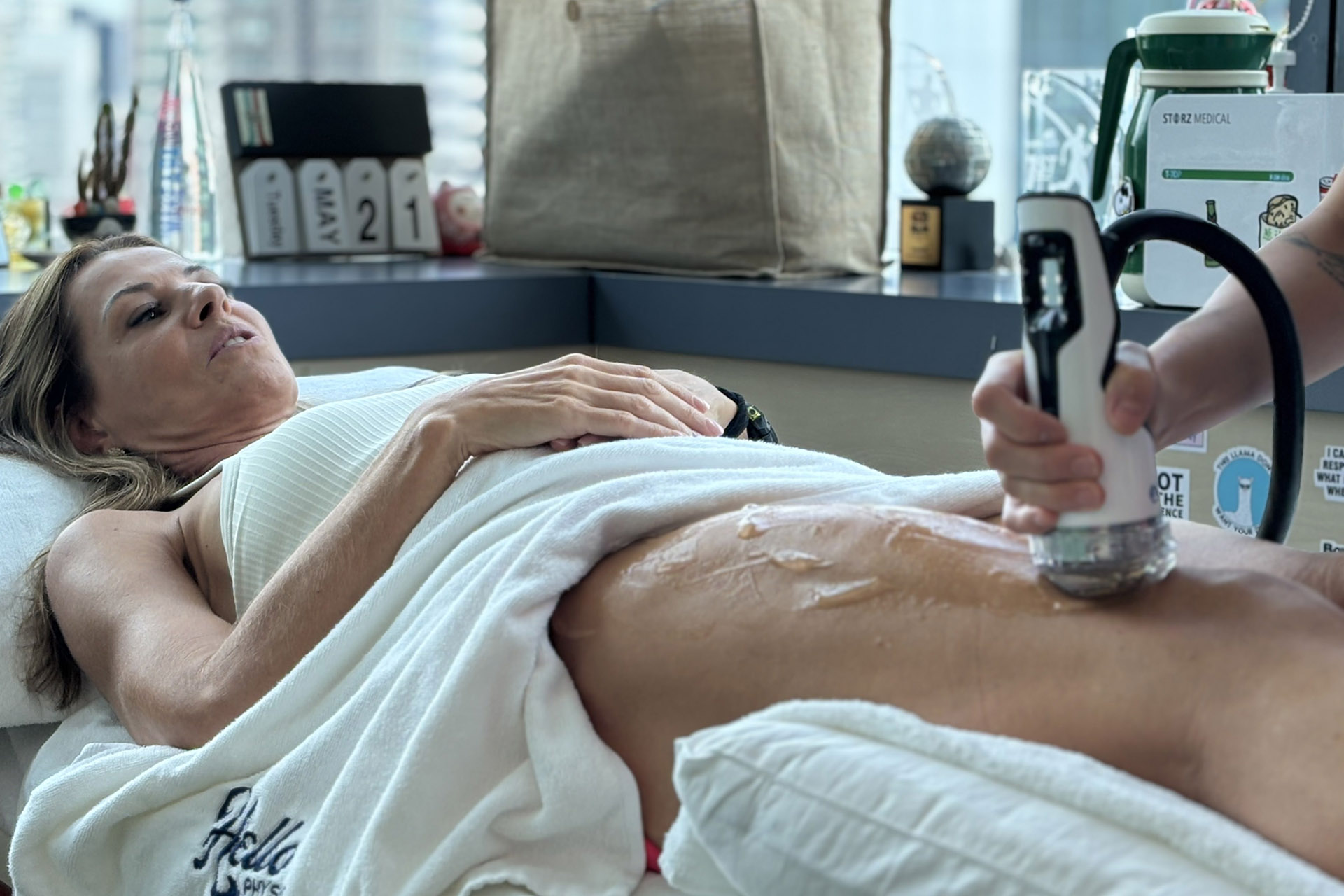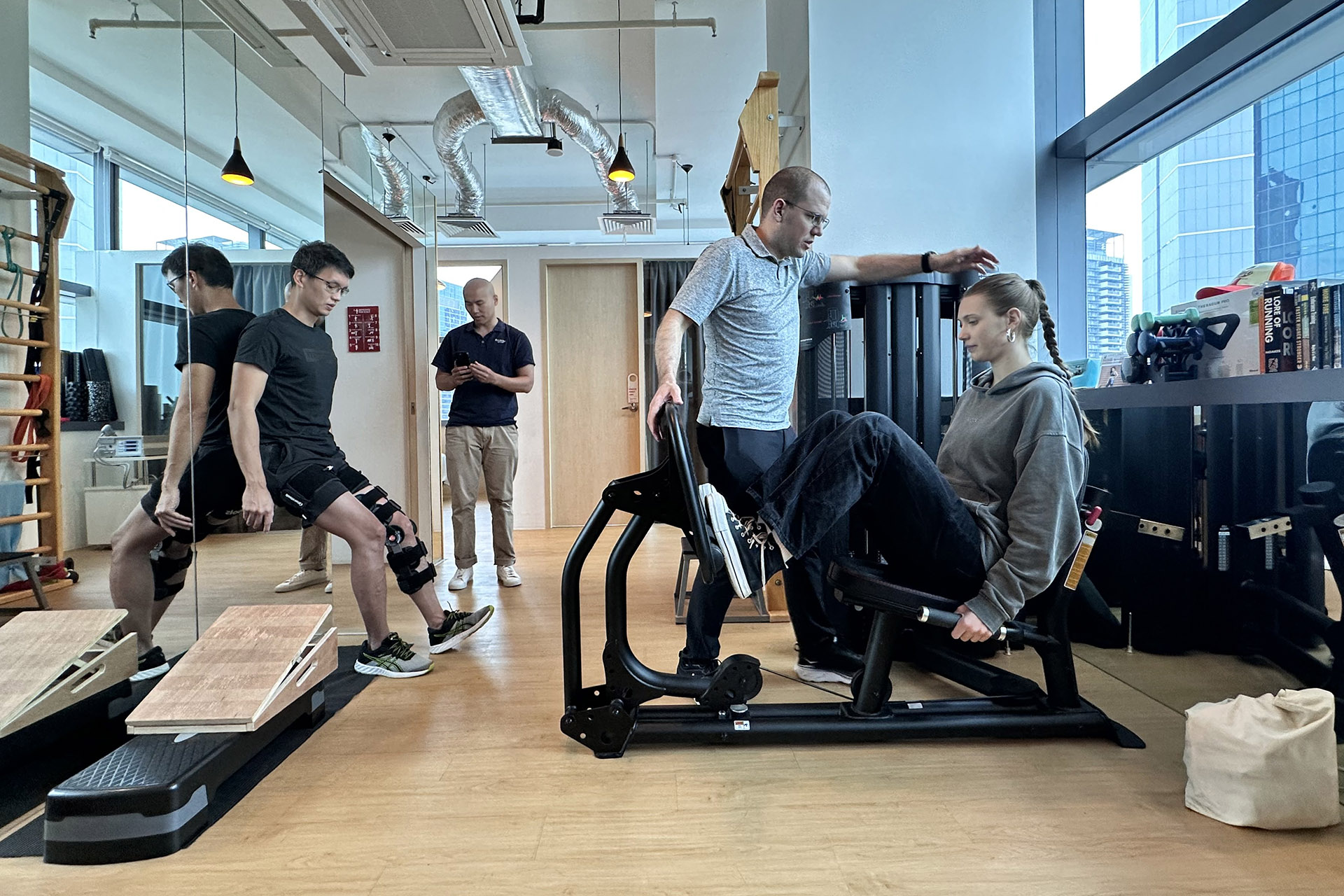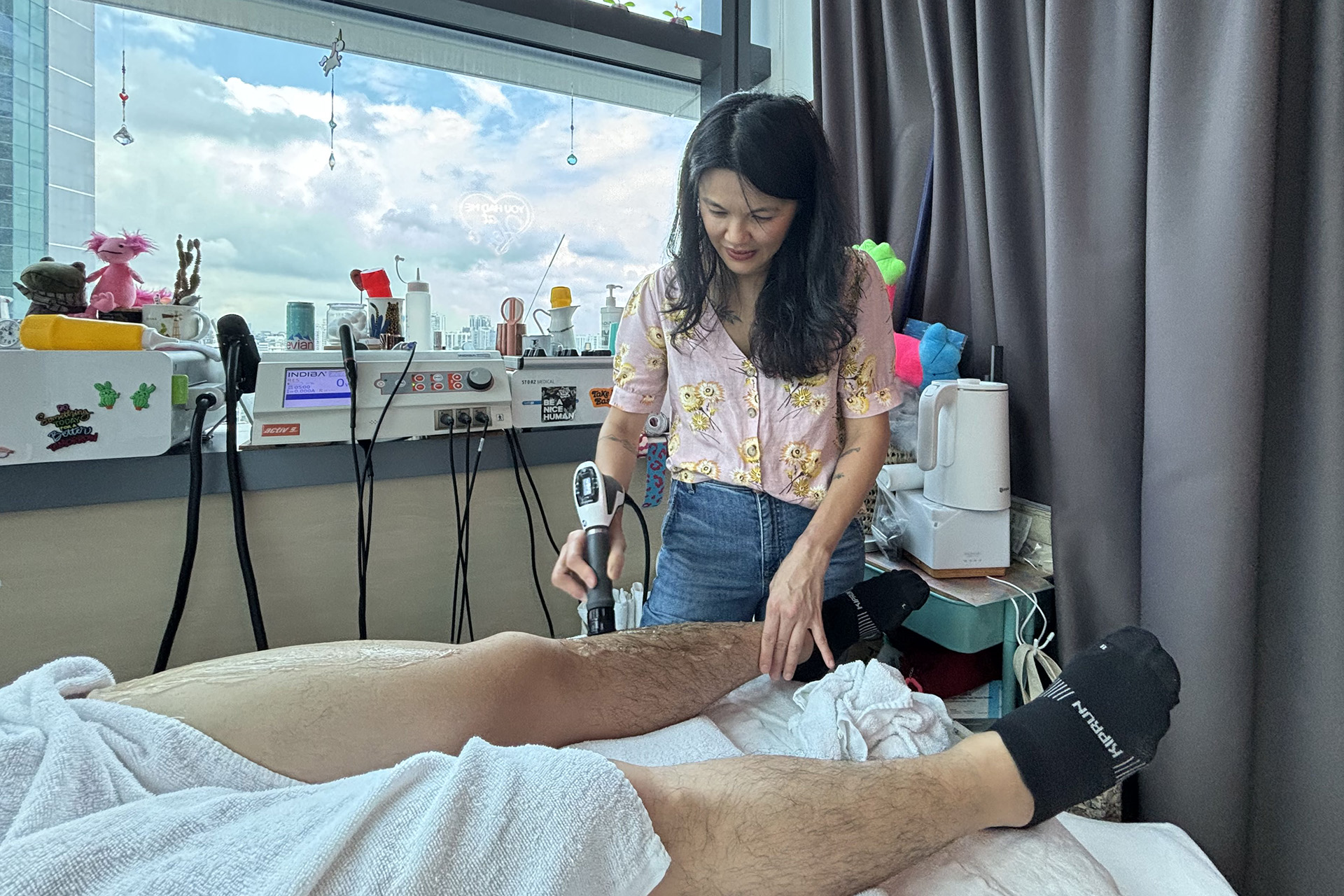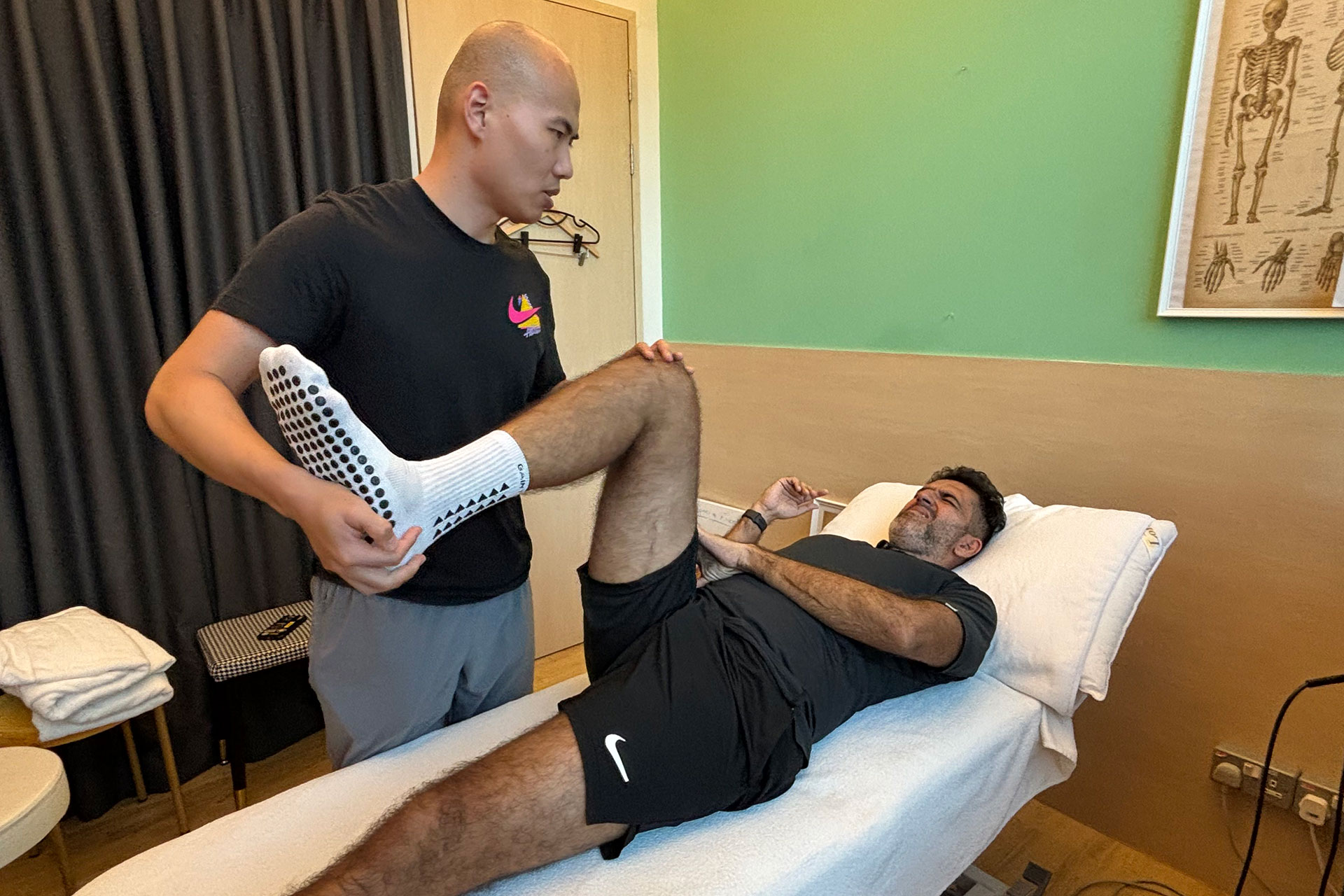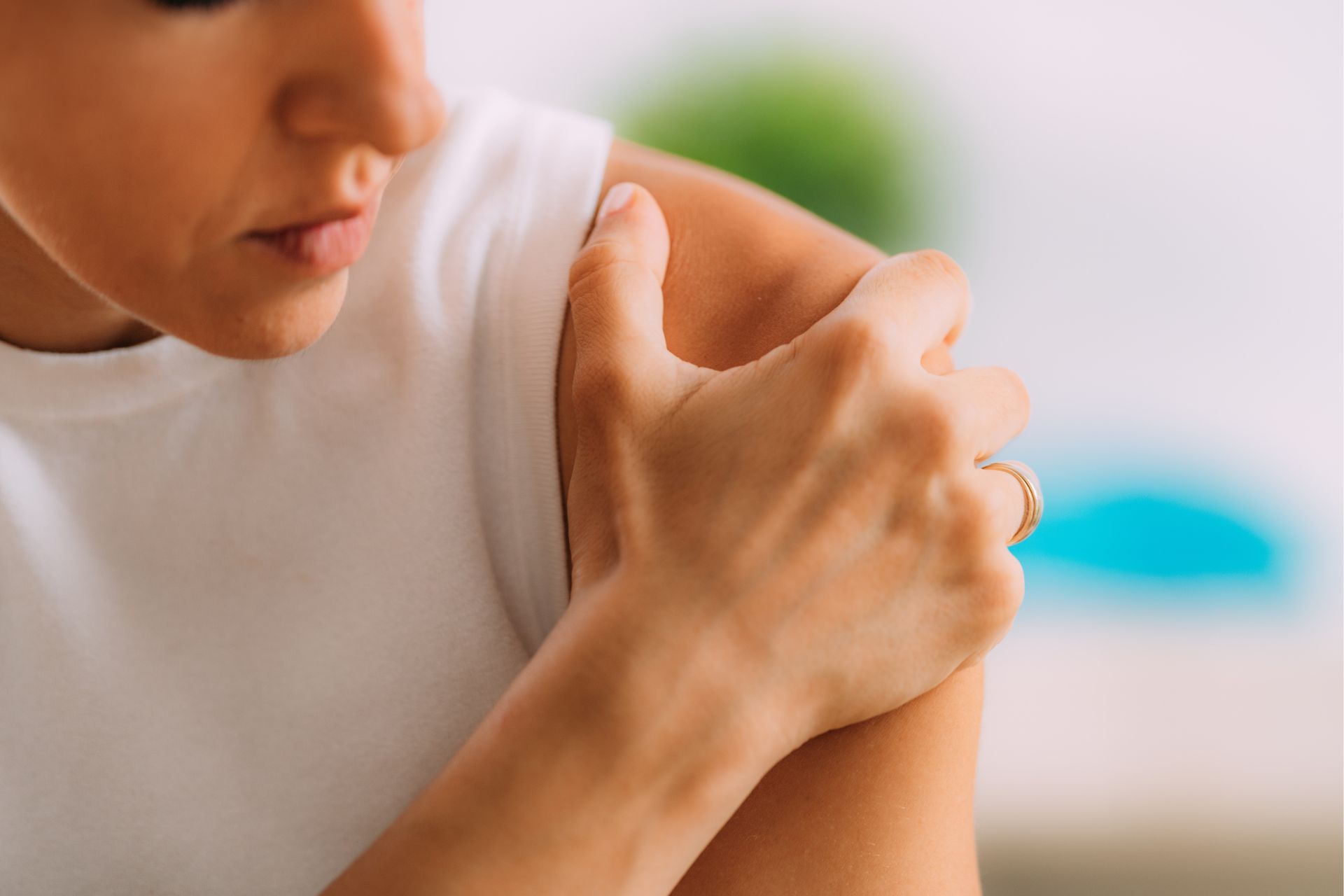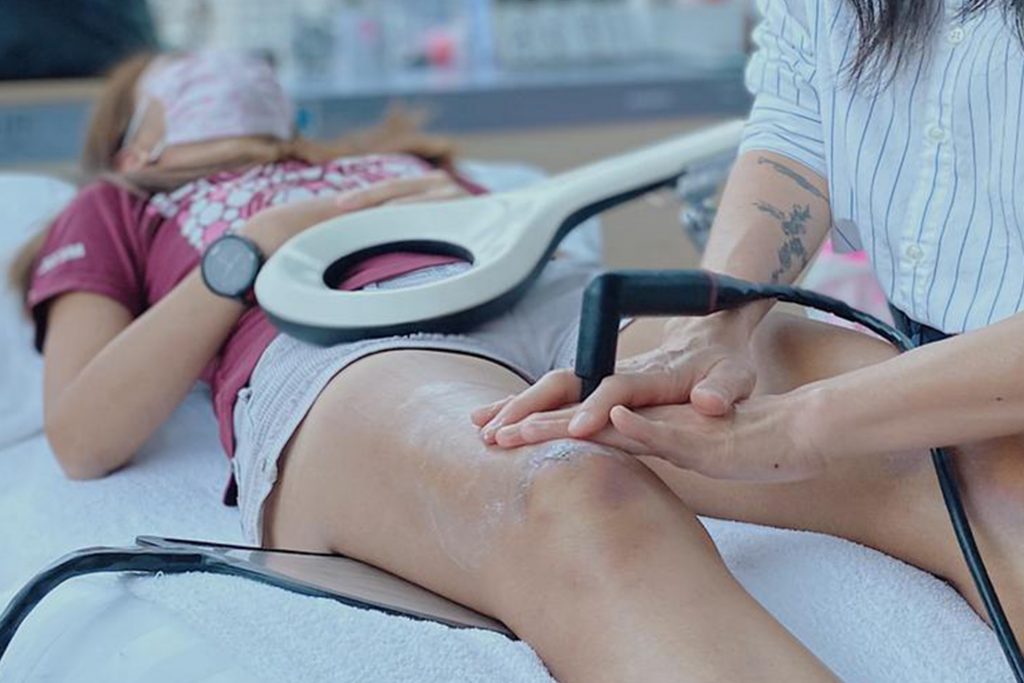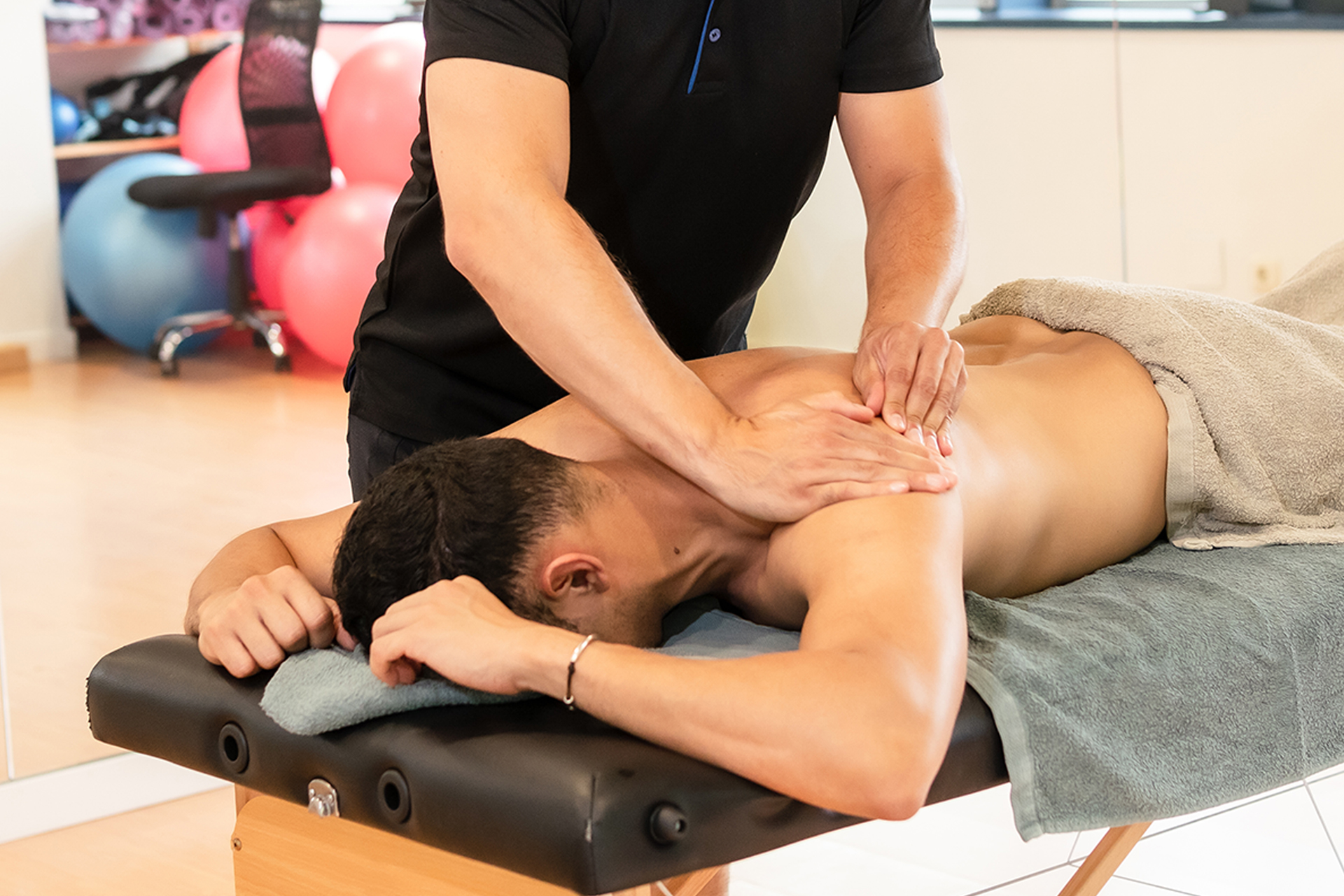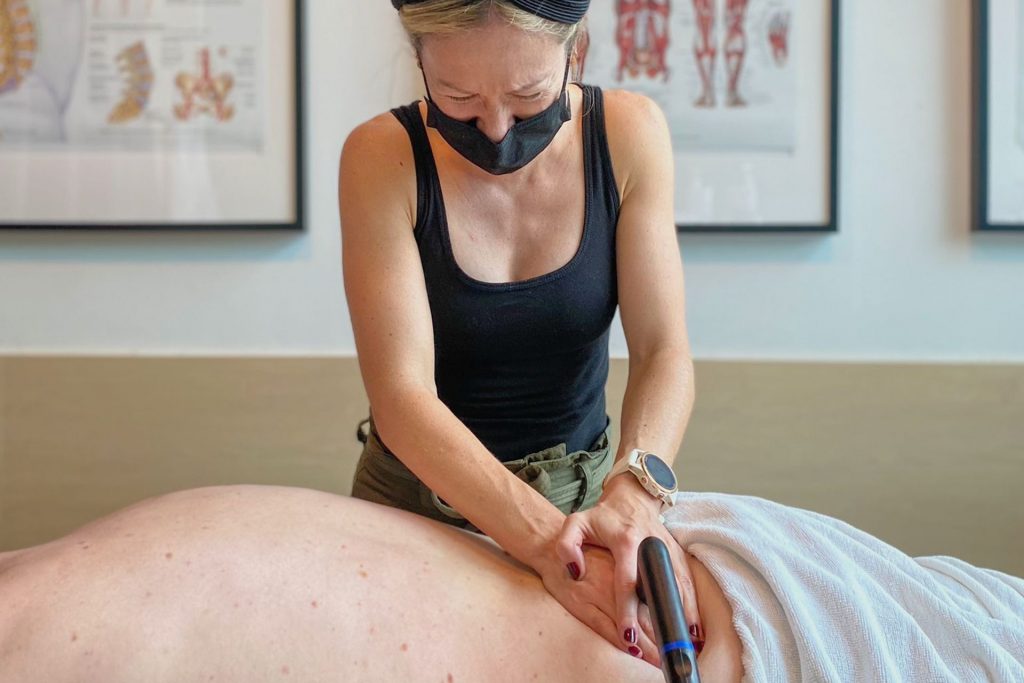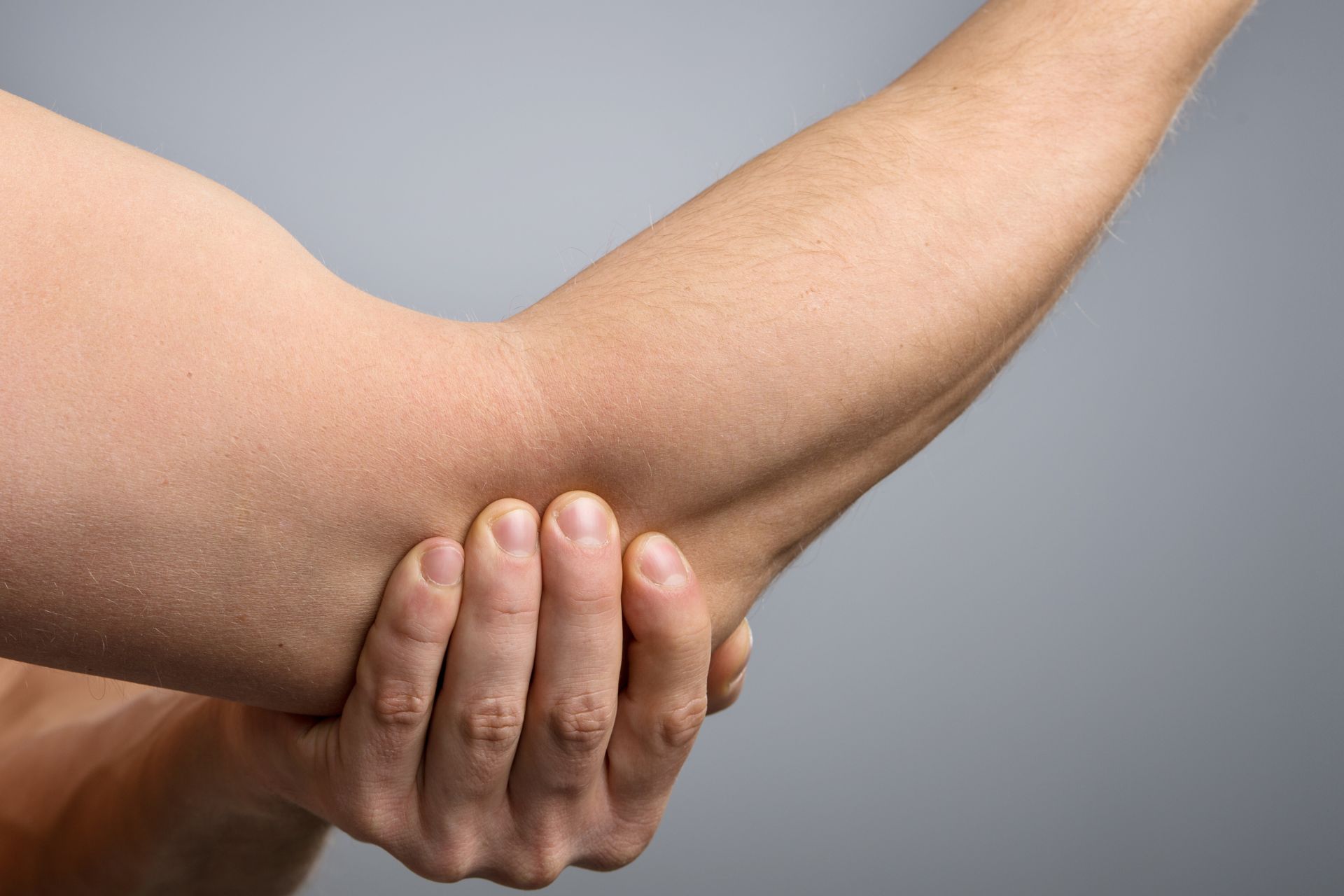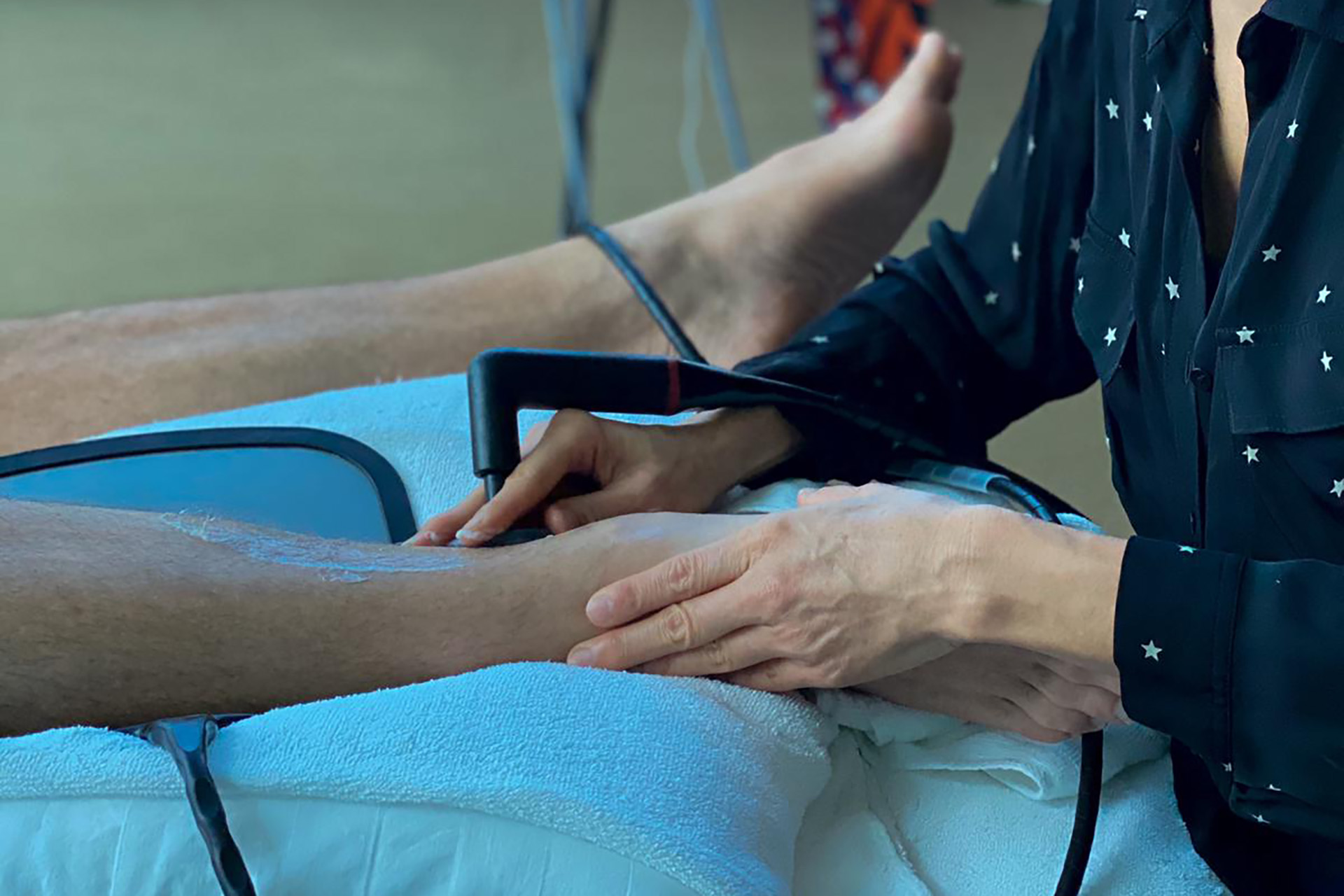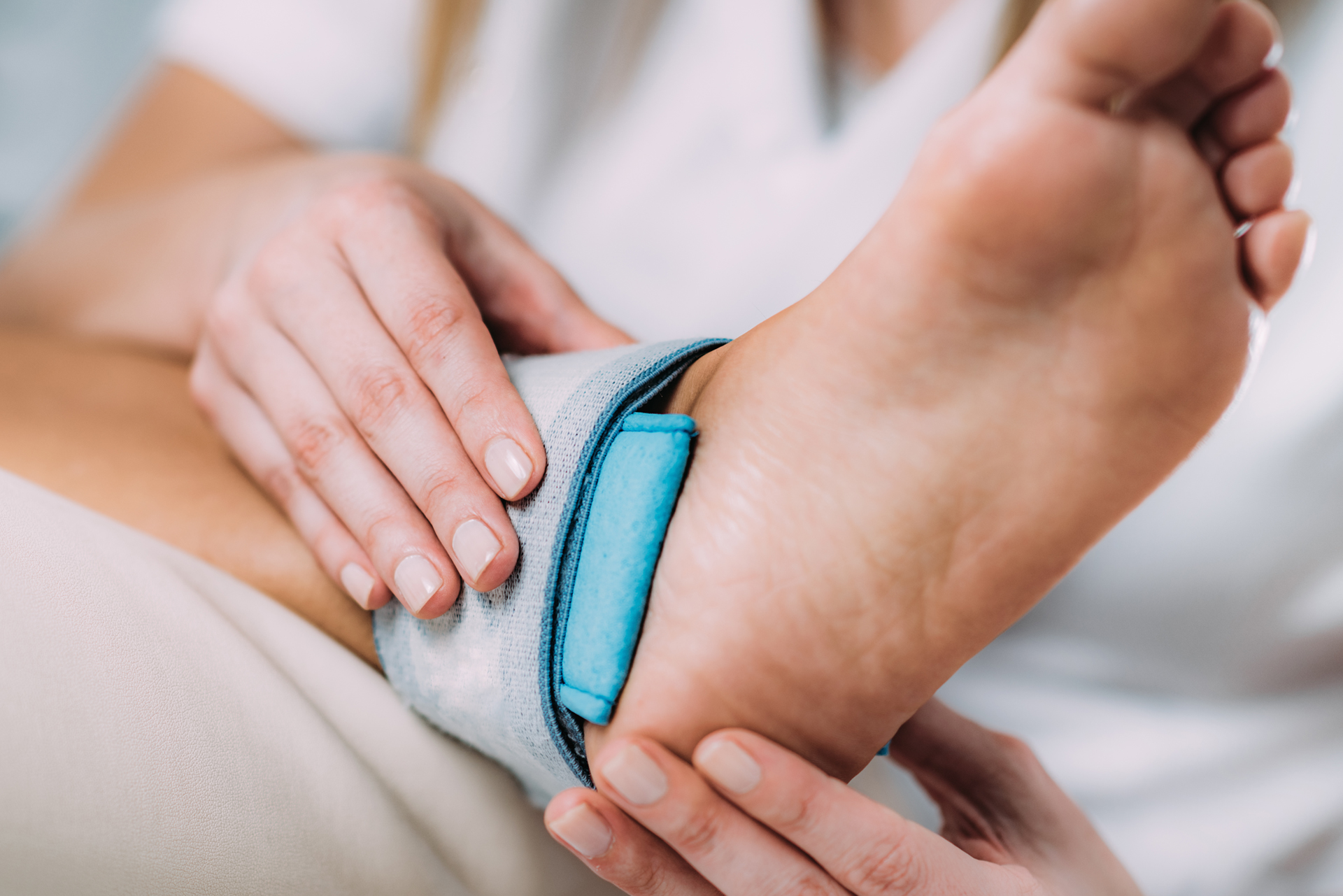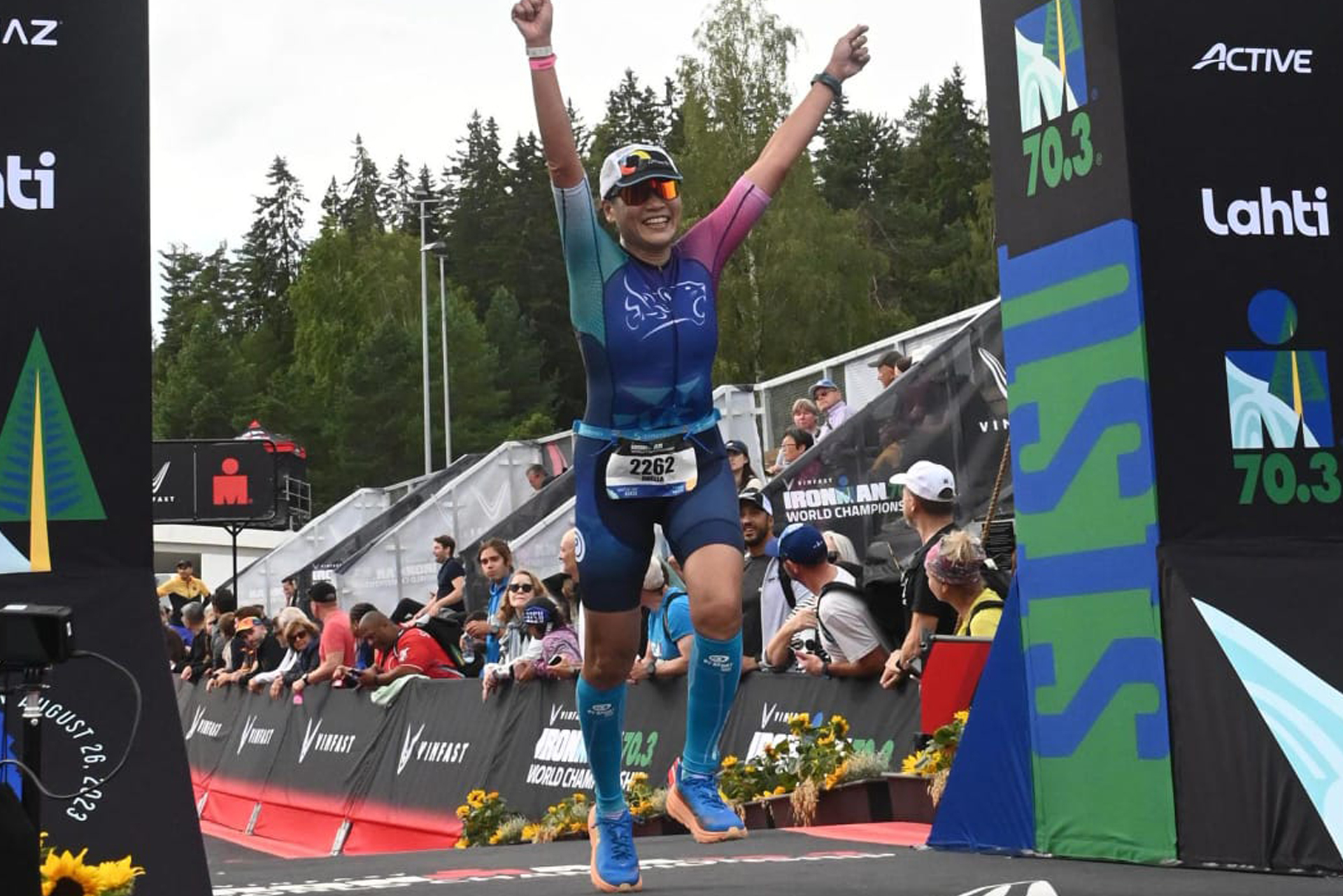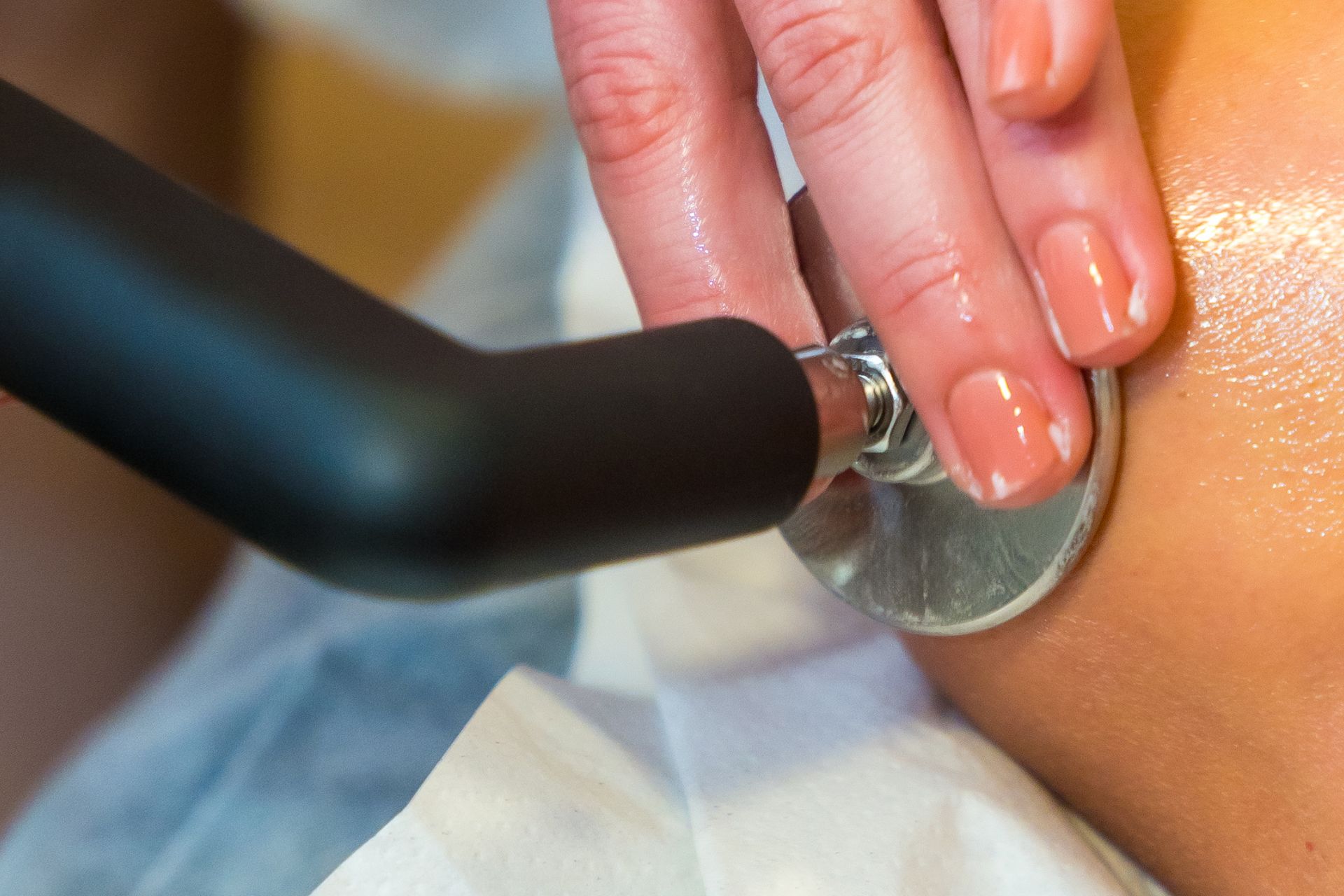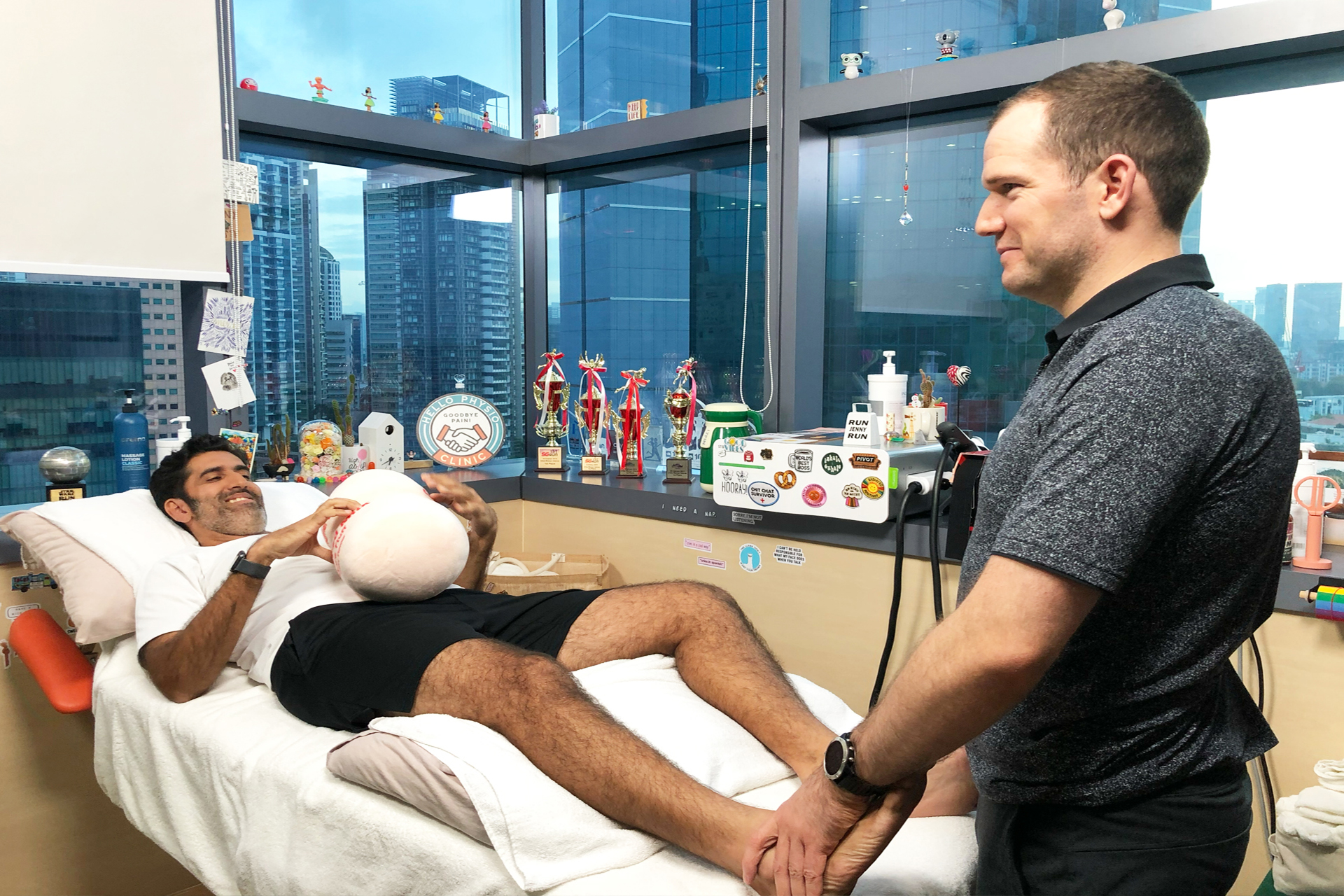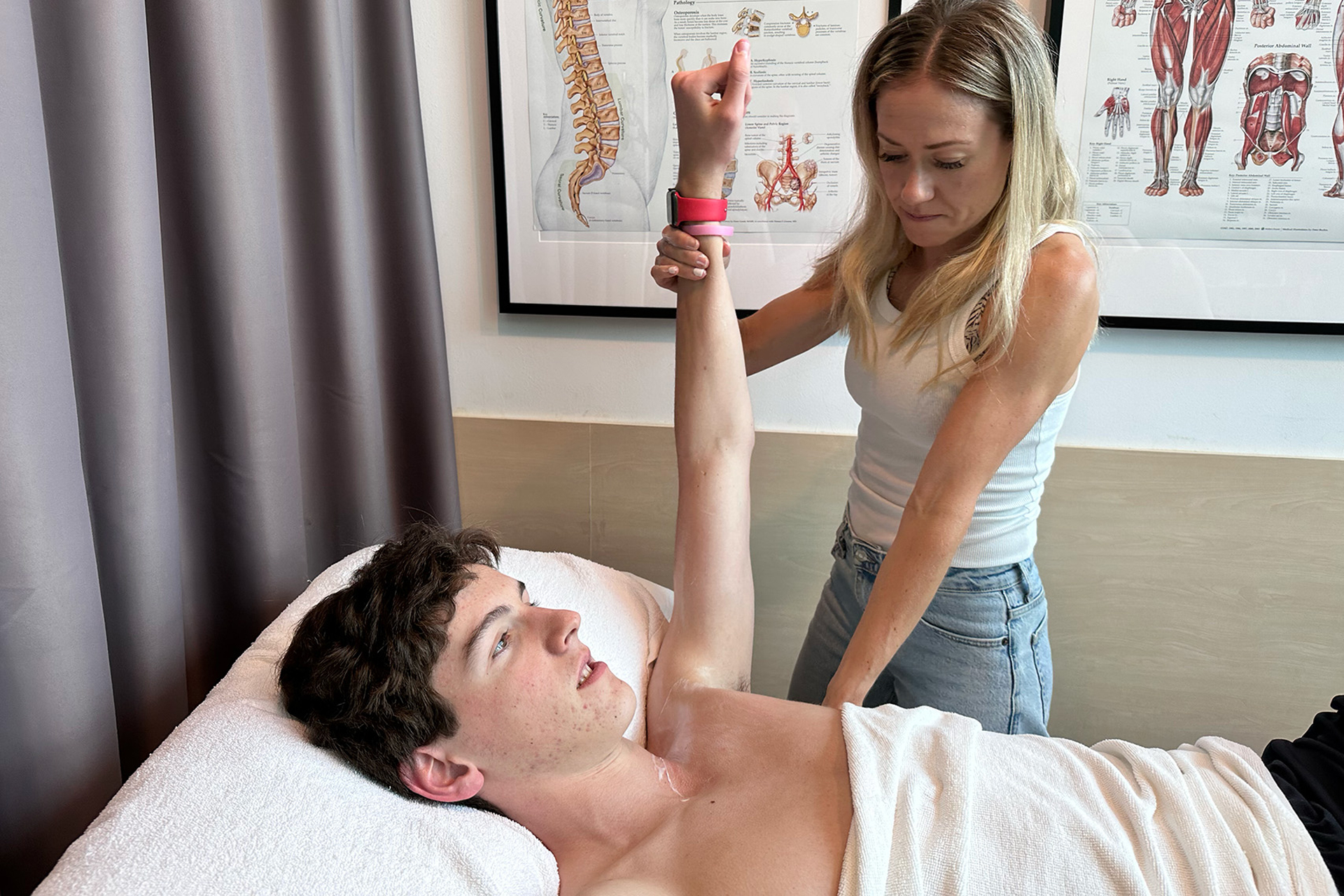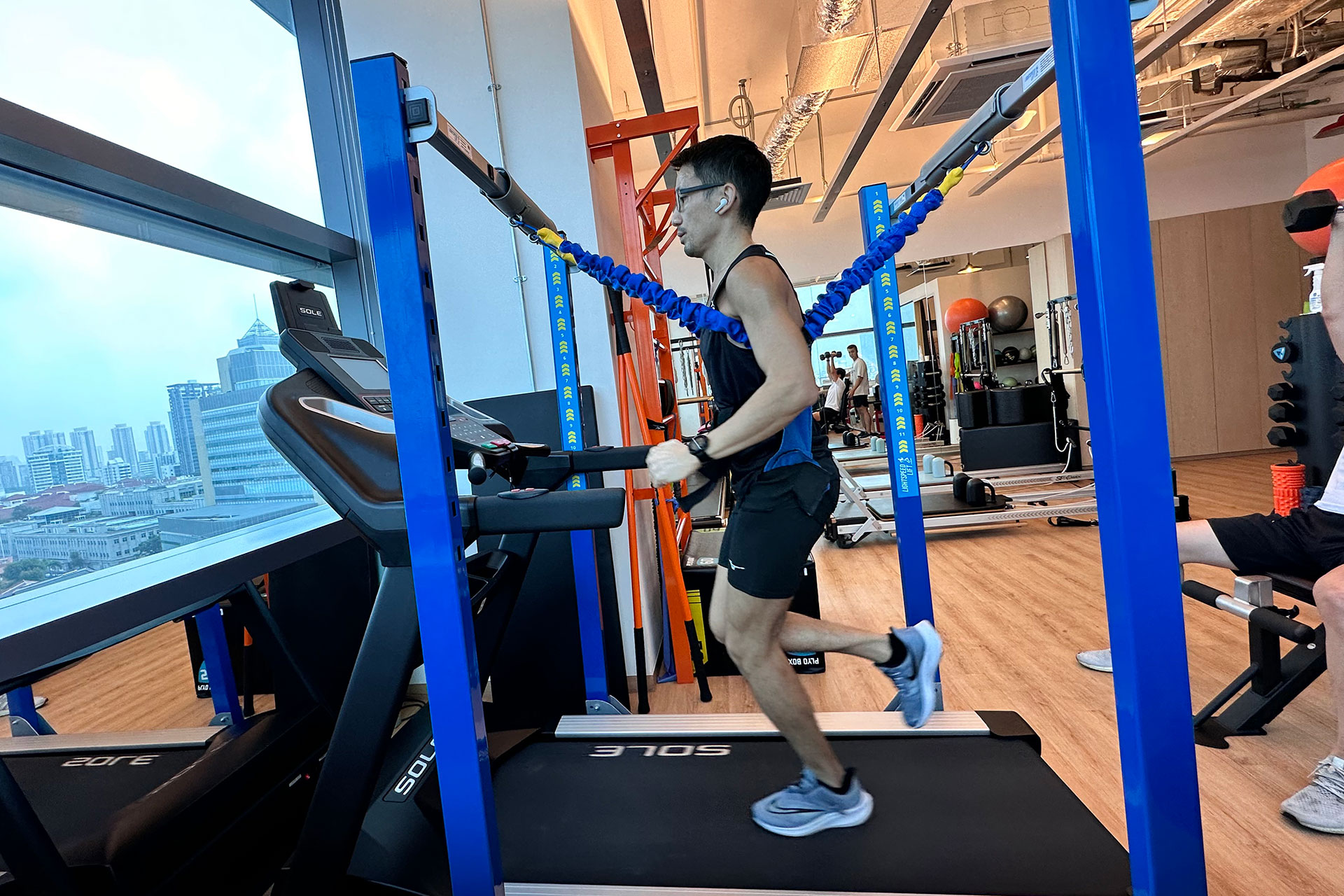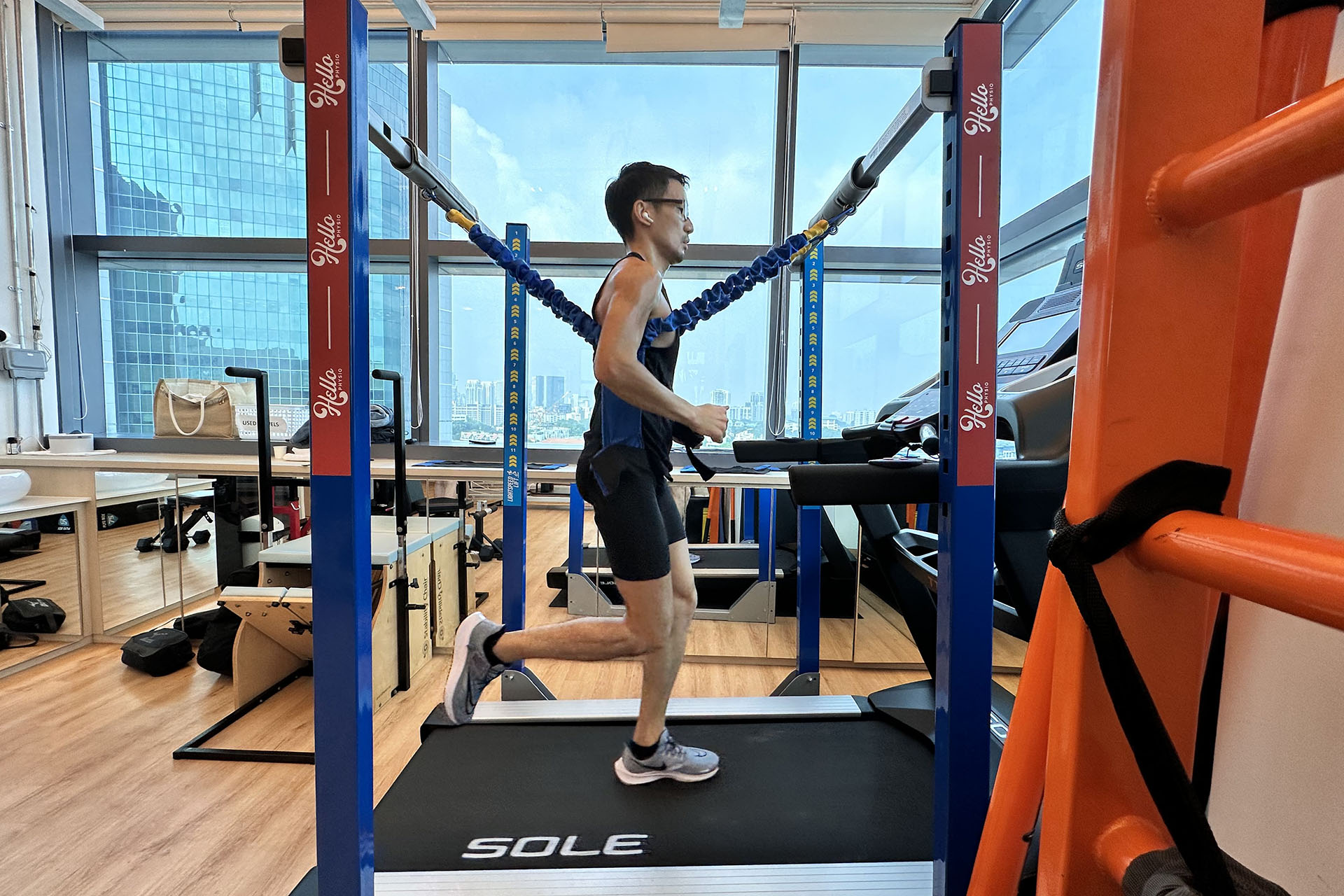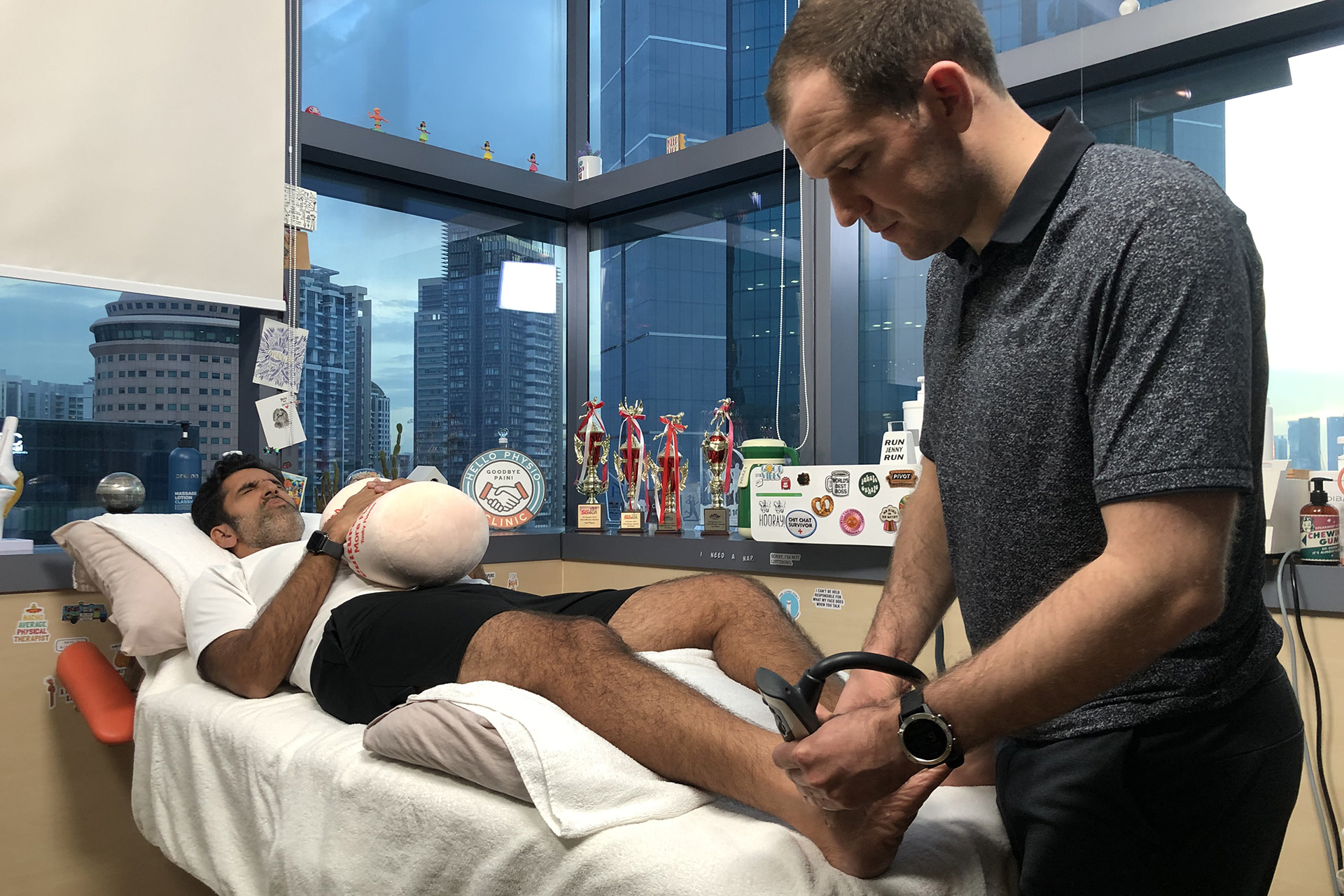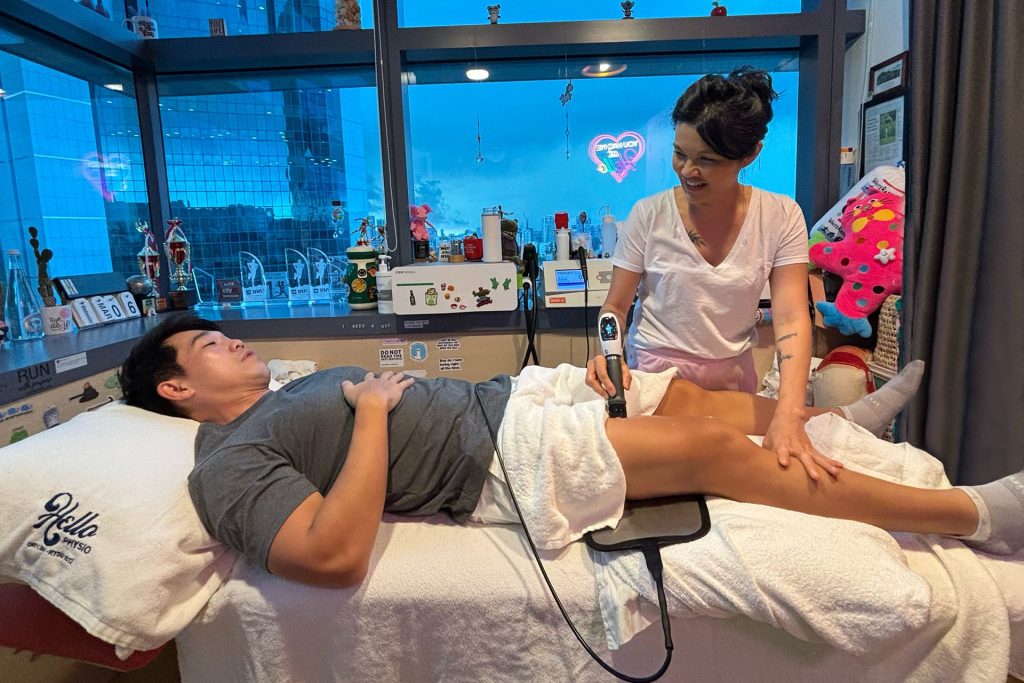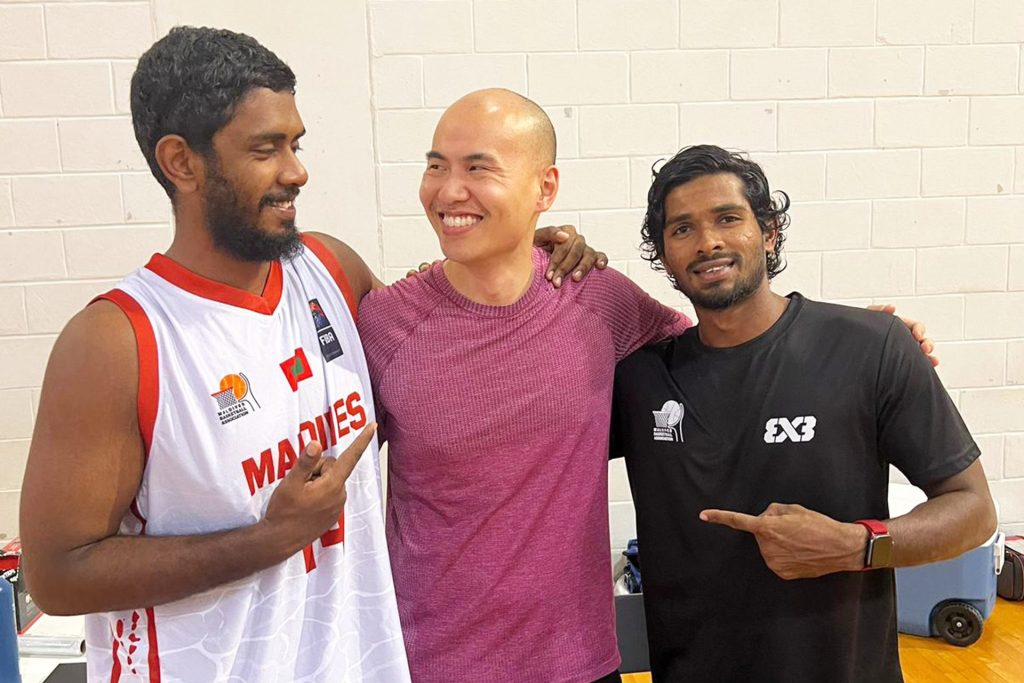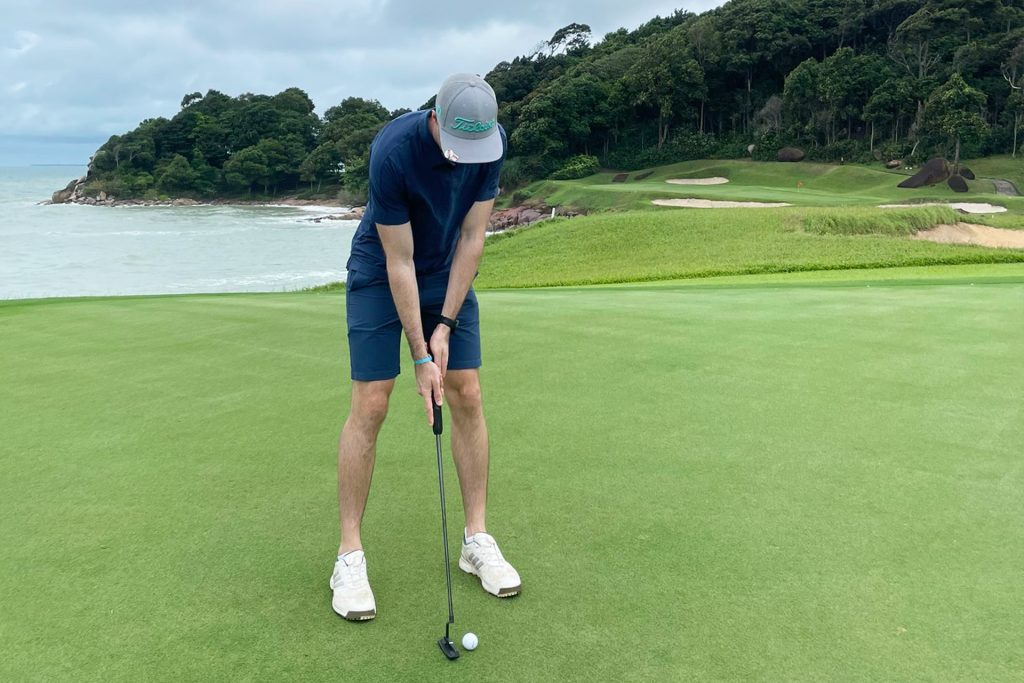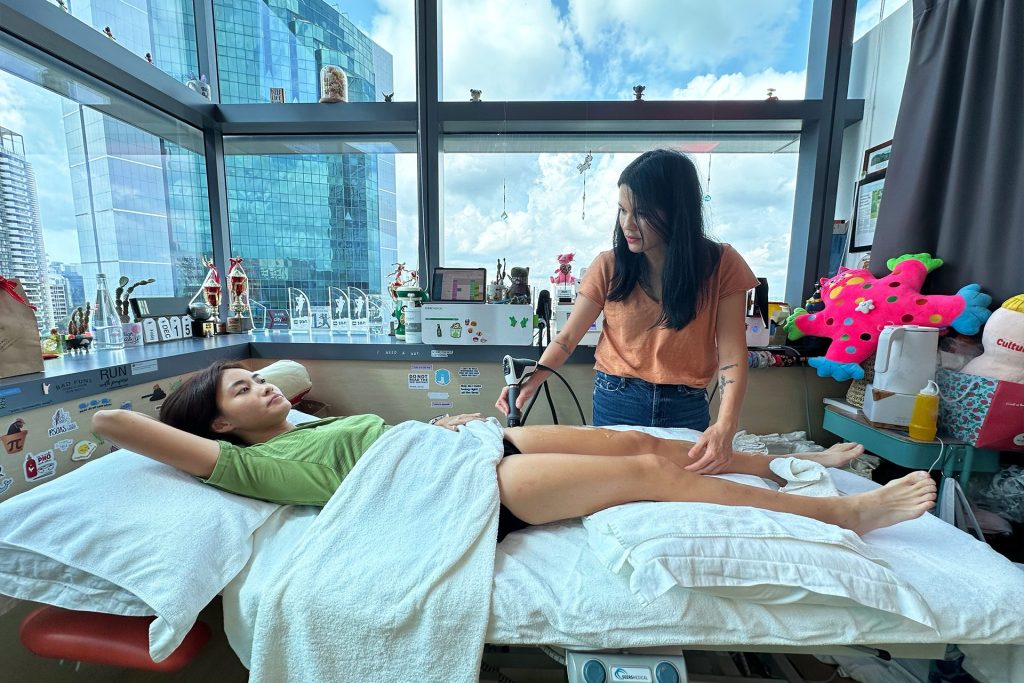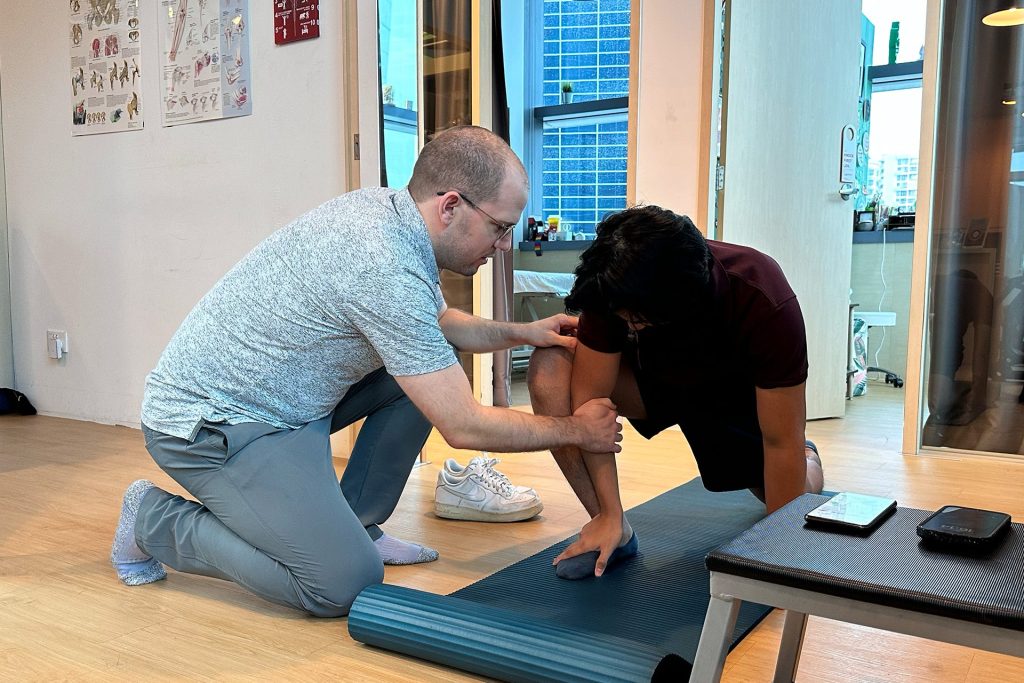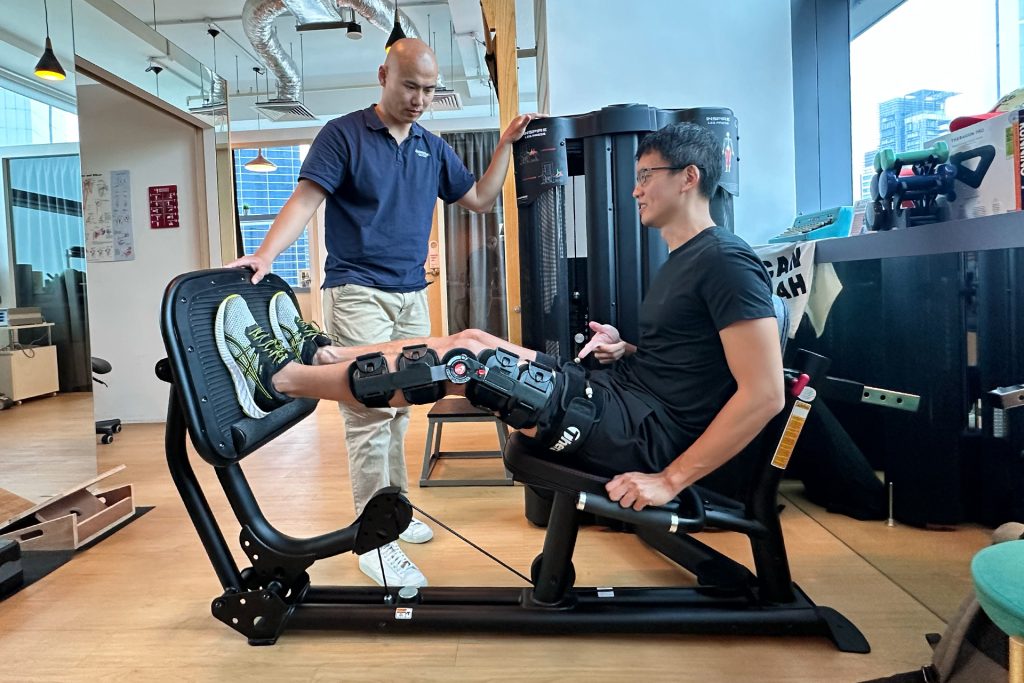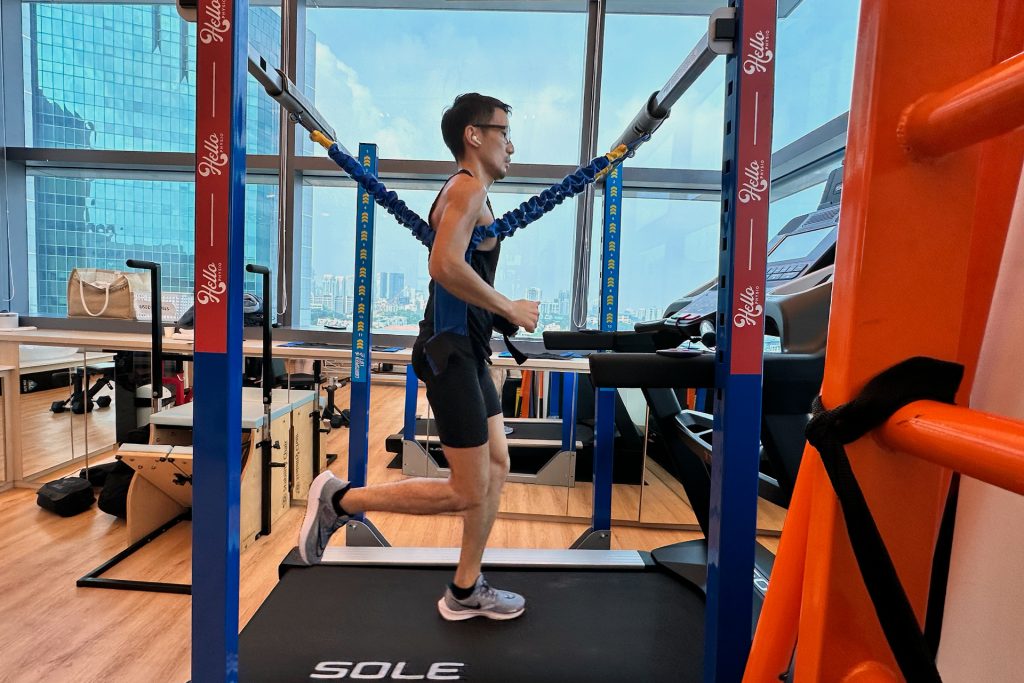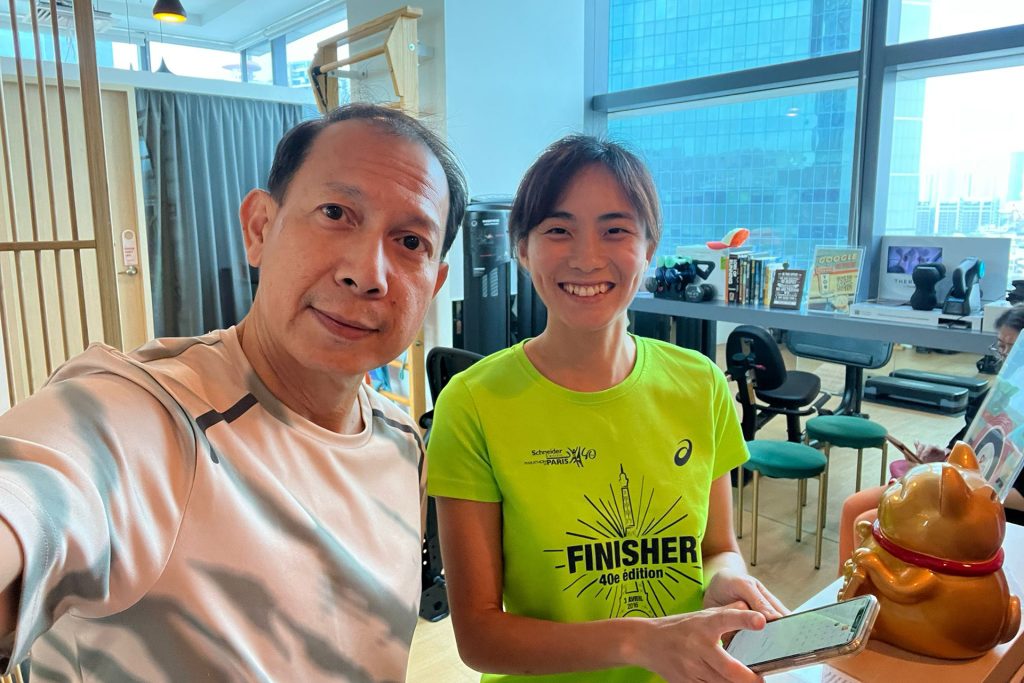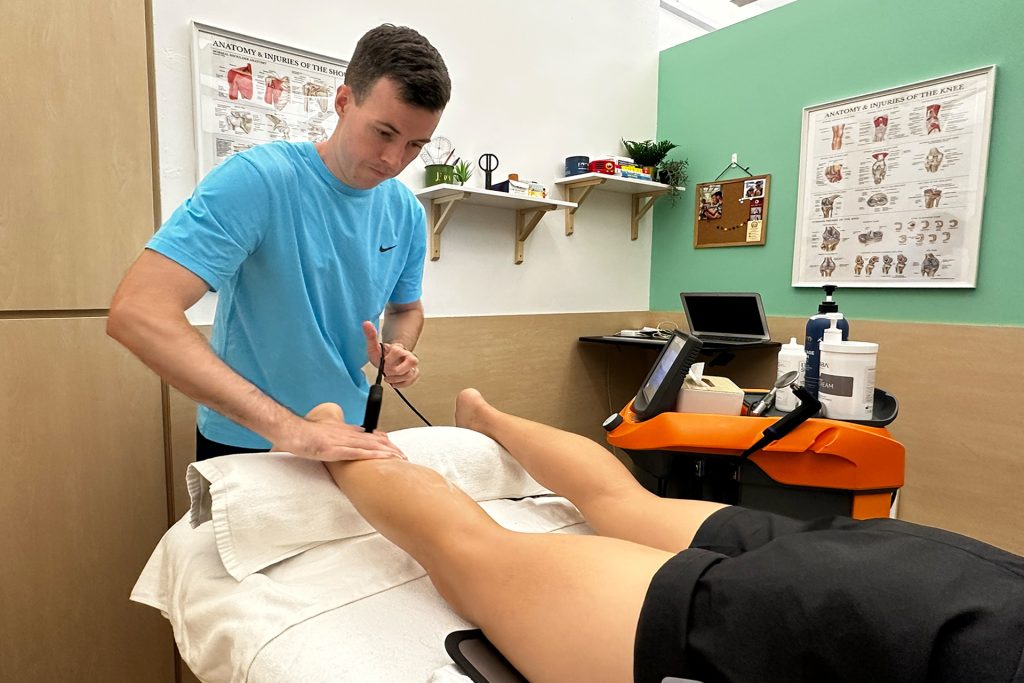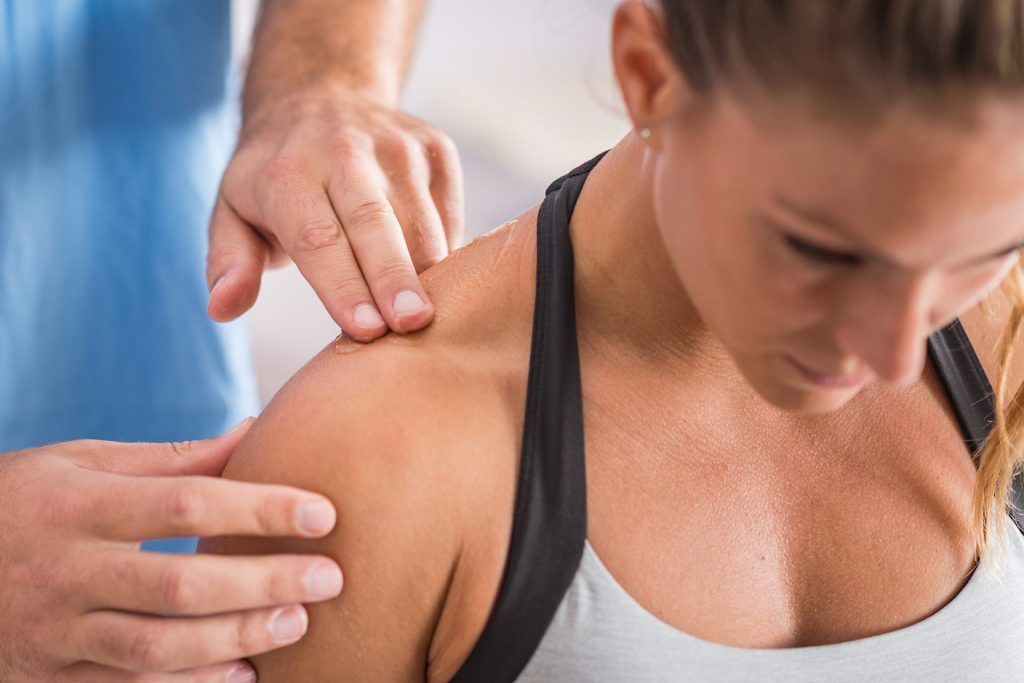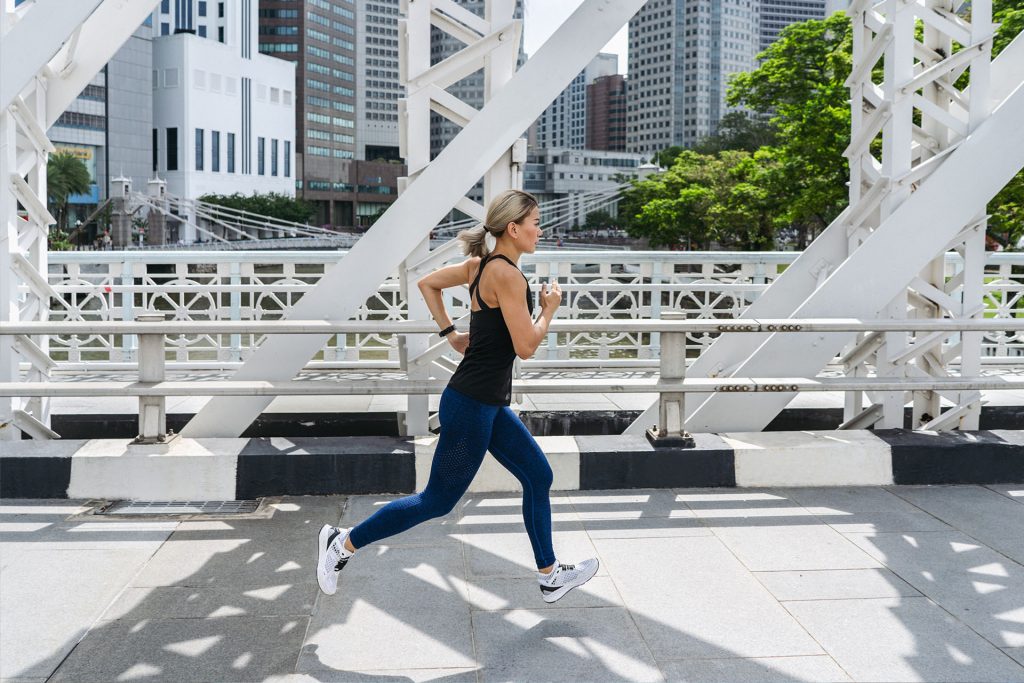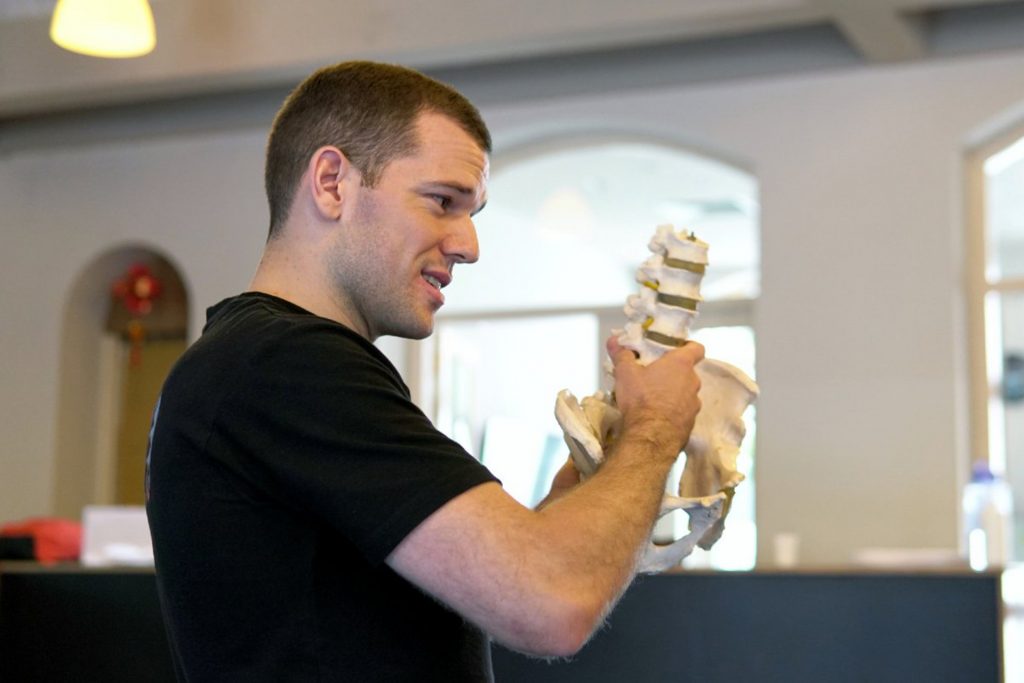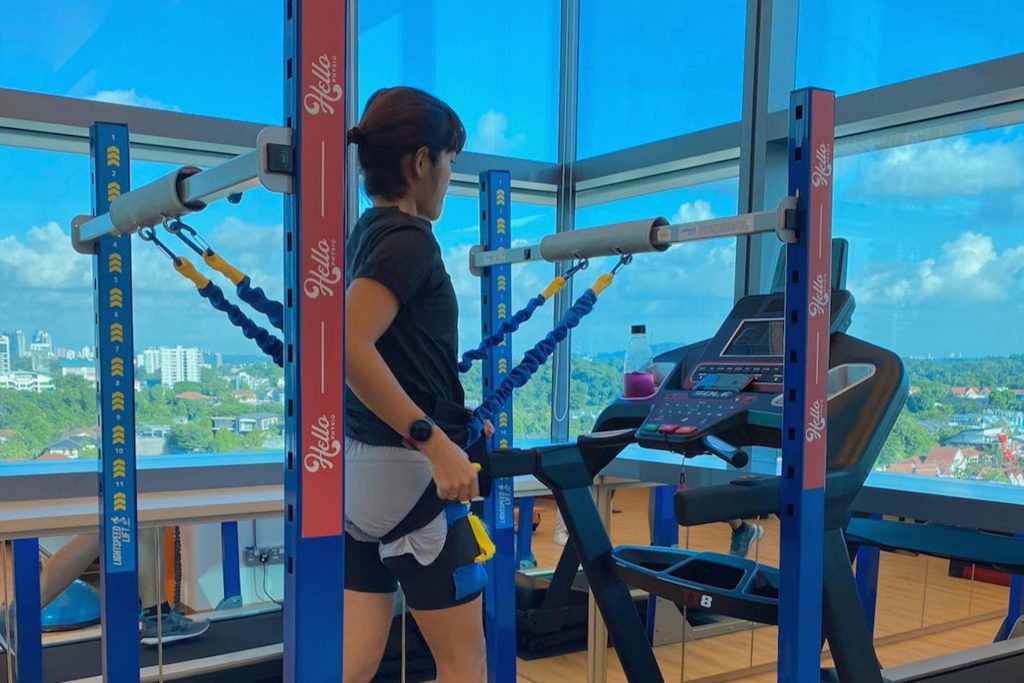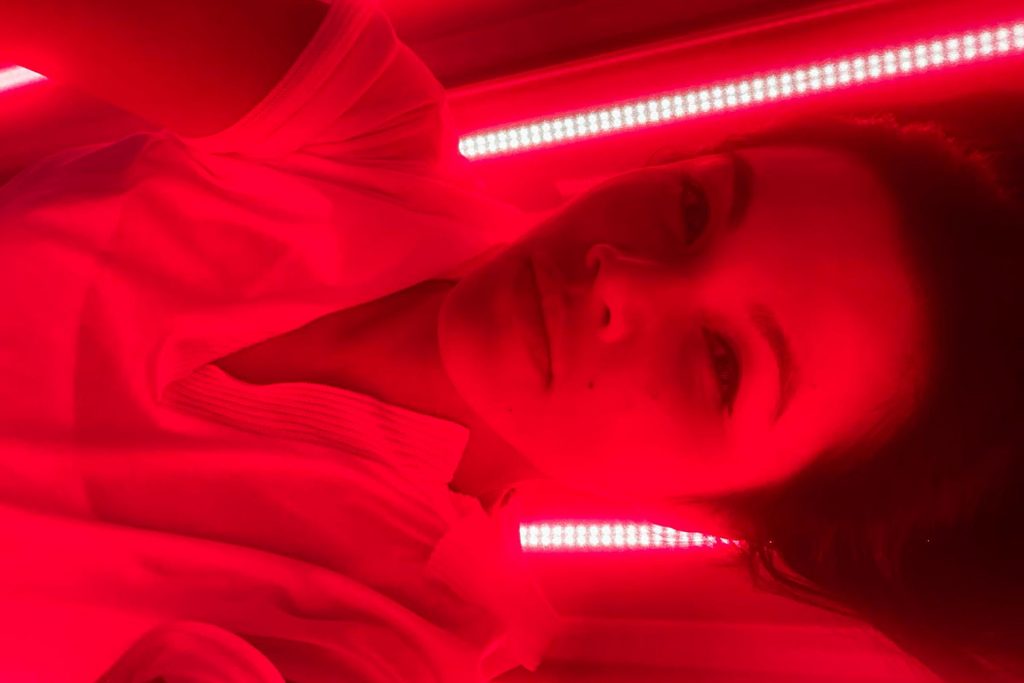|
Getting your Trinity Audio player ready...
|
Every runner knows that heart-sinking feeling: a snap leading to sharp pain and that sudden rhythmic break where your stride halts — Achilles heel rupture. The largest tendon in the body, the Achilles tendon does a lot more work than we know, especially when constantly being in use flexing the foot down to hit that cadence. When it’s damaged, that flow of blood supply from the muscle and tendon can be the Achilles’ heel without proper physiotherapy treatment.
For those who live for the rush of the wind against their face and the rhythm of the pavement beneath their feet, physiotherapy is more than a recovery method — it’s the path back to races, the trail, and the moments when we truly fly to the finish lines once again.
If you’re looking for best practices for your Achilles heel rehab, read on what you can do to prepare your body for the next hurdle in your recovery.
Pre-Surgical Rehabilitation for Achilles Heel Ruptures
Just like you need to warm up for a run, it’s possible to ‘warm up’ for your surgery. That’s what pre-surgical rehabilitation is for improving your range of motion, enhancing your strength and flexibility and reducing pain and swelling to achieve the best outcomes for your Achilles tendon surgery.
Benefits of pre-surgical rehabilitation have been shown to improve post-surgical outcomes in a range of procedures, including ligament repairs. By improving the patient’s physical condition and function before surgery, pre-surgical rehabilitation may help to reduce complications and improve the overall success of the procedure.
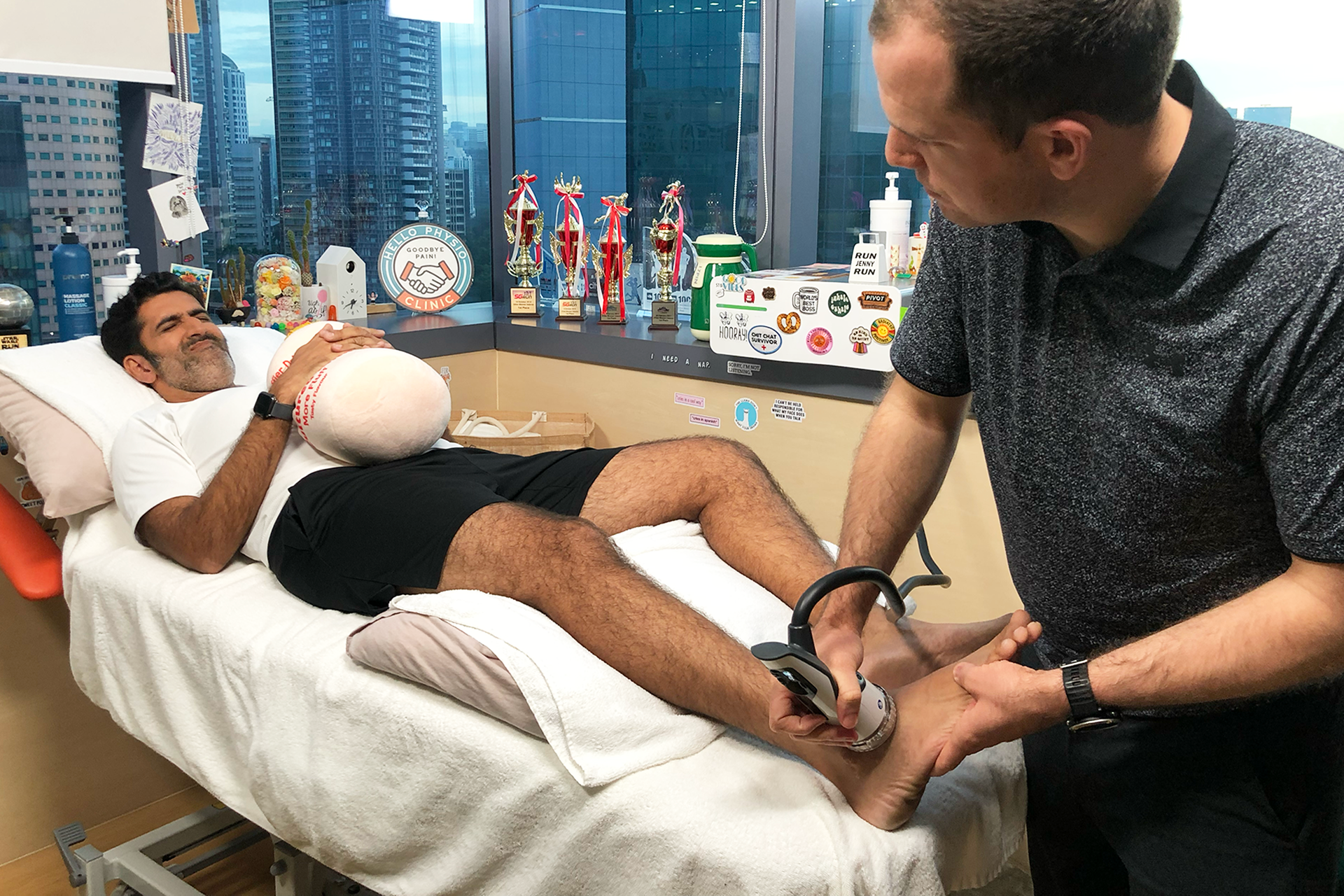
Prehabilitation can help to prepare the patient for the demands of surgery and post-surgical rehabilitation. By improving strength, mobility, and function before surgery, the patient may progress more quickly through the post-surgical process and achieve a faster overall recovery.
Some potential benefits of prescribed exercises before surgery include ankle dorsiflexion and plantarflexion stretches, proprioceptive and balance exercises, and eccentric exercises like heel drops. Progressive loading exercises such as calf raises, and resistance training with bands or weights are also beneficial in preparing your body for surgery through conditioning and strengthening.
Overall, pre-surgical rehabilitation for Achilles ruptures can involve a range of exercises and interventions to help manage pain and swelling, maintain strength and mobility, and prepare the patient for surgery. By improving the patient’s physical condition and function before surgery, pre-surgical rehabilitation may help to reduce complications, improve surgical outcomes, and achieve a faster overall recovery.
Rehabilitation following Achilles Rupture Surgery
Just like you would after strenuous exercise, there has to be a ‘cooldown’ following surgery. This cooldown will take longer than you’re used to and, at times, may feel strenuous. But that’s how to strengthen your Achilles tendon after surgery. Post-surgical rehabilitation for Achilles heel ruptures is for this precise purpose, with a progressive rehabilitation approach to restoring mobility, strength, and function.
Adjunctive treatments for an Achilles heel rupture can be important in healing. These treatments include INDIBA® radiofrequency, Shockwave Therapy and Red Light Therapy.
INDIBA® radiofrequency is a non-invasive treatment that uses radiofrequency energy to stimulate tissue regeneration and repair. The radiofrequency energy produces a thermal effect that increases blood perfusion to the injured area, delivering necessary nutrients and removing cellular waste. This promotes healthy tissue repair and reduces swelling and bruising.
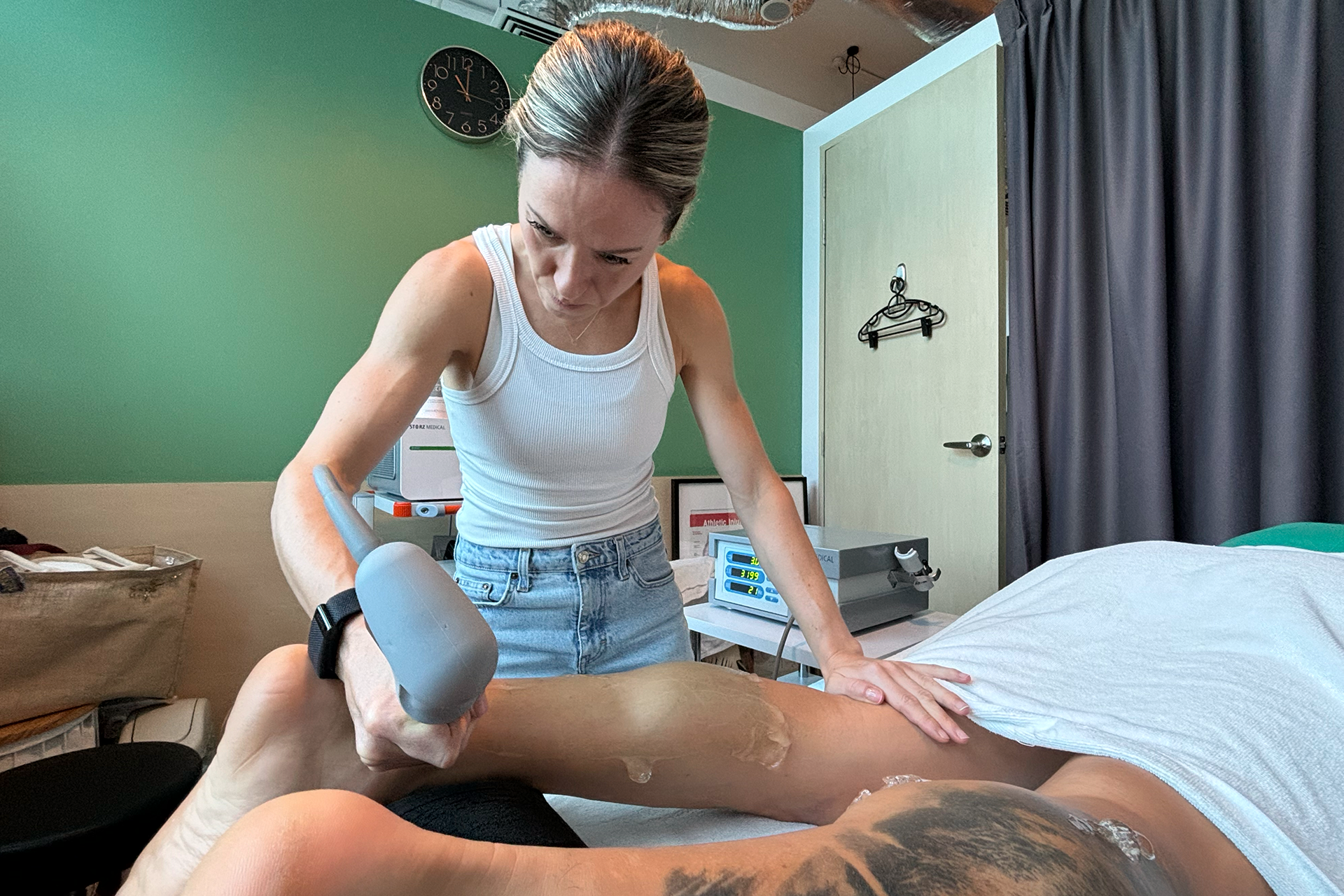
Shockwave Therapy is a non-invasive treatment that uses soundwaves to stimulate the body’s natural healing response. The soundwaves increase the natural formation of new blood vessels, stimulate the reproduction of tenocytes to strengthen connective tissue, promote the growth of osteoblasts to secrete collagen, activate white blood cell circulation towards the infected tissue, and synthesize protein to increase collagen production. For post-op rehabilitation following Achilles tendon surgeries, Shockwave Therapy reduces the adhesion process at the onset of healing to quickly restore joint function and keep the tissues flexible, strong, and balanced to decrease the risk of future injury.
There are plenty of physiotherapy techniques available that are extremely helpful for both pre-surgery and post-surgery. As simple as it sounds, Achilles rupture rehab exercises include stretching. However, it can help target the calf muscles and Achilles tendon to maintain or restore range of motion.
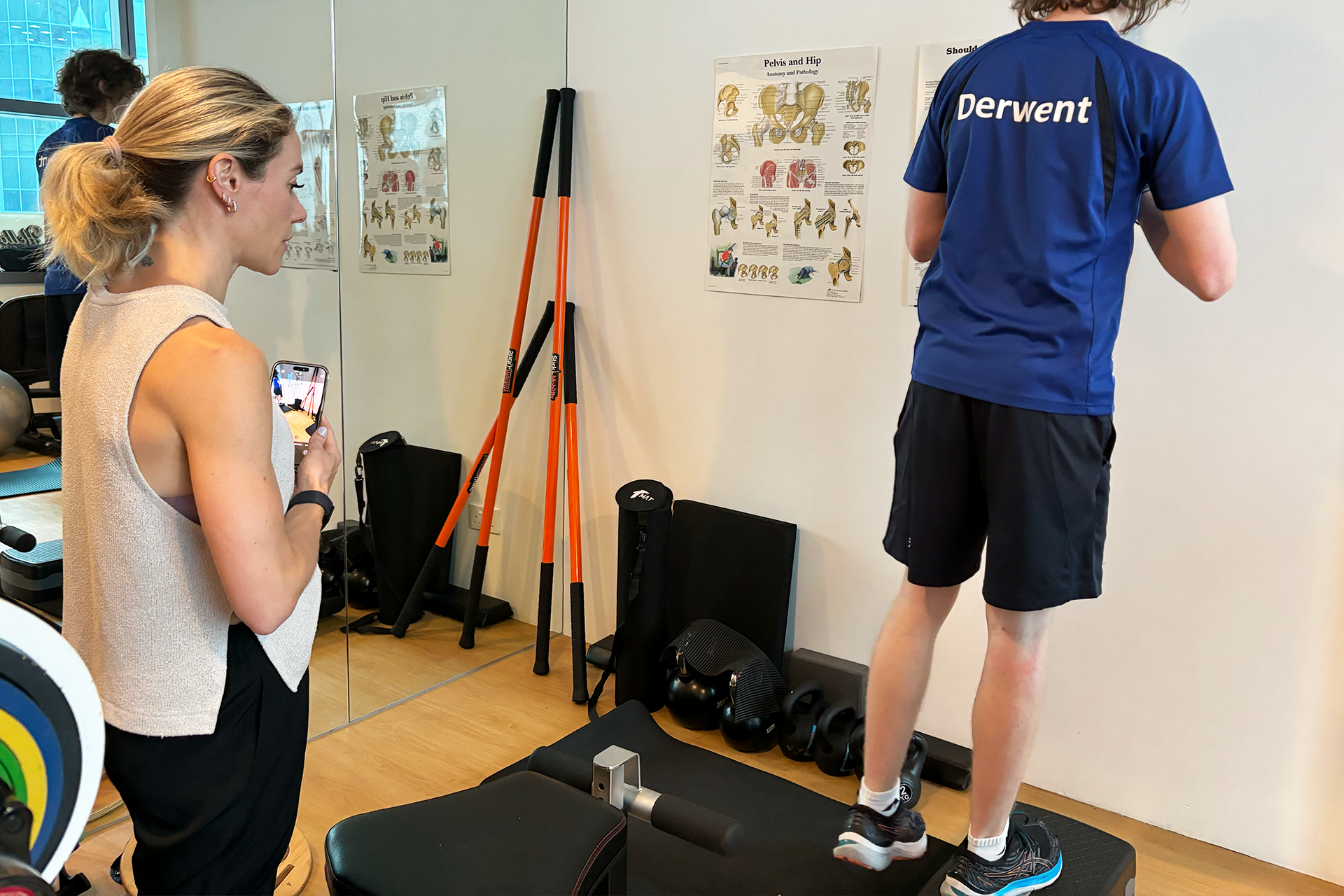
Strengthening exercises, particularly eccentric exercises like heel drops, are crucial for rebuilding muscle strength and tendon integrity. Manual therapy, such as soft tissue massage and joint mobilizations, helps improve circulation, reduce scar tissue formation, and enhance flexibility. Though some exercises may not seem strenuous, they’re still forms of activity for your body, critical for post-surgery Achilles. Measured activity can be extremely helpful for recovery, as it increases blood flow, improves neuromuscular control, and reduces the chance of a recurring injury., all to get you walking again after Achilles tendon surgery.
Combined with early exercises focusing on gentle range of motion movements to prevent stiffness, proprioceptive and balance exercises to improve joint stability, these exercises are good for enhancing mobility after Achilles rupture surgery. As healing progresses, gradually introducing weight-bearing exercises like calf and toe raises helps rebuild muscle strength and tendon integrity. Eccentric exercises, such as eccentric heel drops, are incorporated to target the Achilles tendon specifically.
Progressive rehabilitation also includes resistance training with bands or weights to enhance muscle strength and endurance further. Every person’s post-surgery rehabilitation plan will look different. Your physiotherapist will design a custom plan to ensure a safe and effective recovery process, aiming to restore pre-injury function and reduce re-injury risk.
Optimizing Recovery and Outcomes with Physiotherapy
Like preparing for a marathon, a major element of rehabilitation after Achilles heel rupture surgery is having a good plan. That’s what physiotherapists are for. They will tailor a rehabilitation plan for you that uses traditional physiotherapy techniques and adjunctive therapies and will cater to your needs. Having a good plan is crucial to recovery. Trying to move too fast can worsen things, while moving too slow could stall the process and lead to complications later.
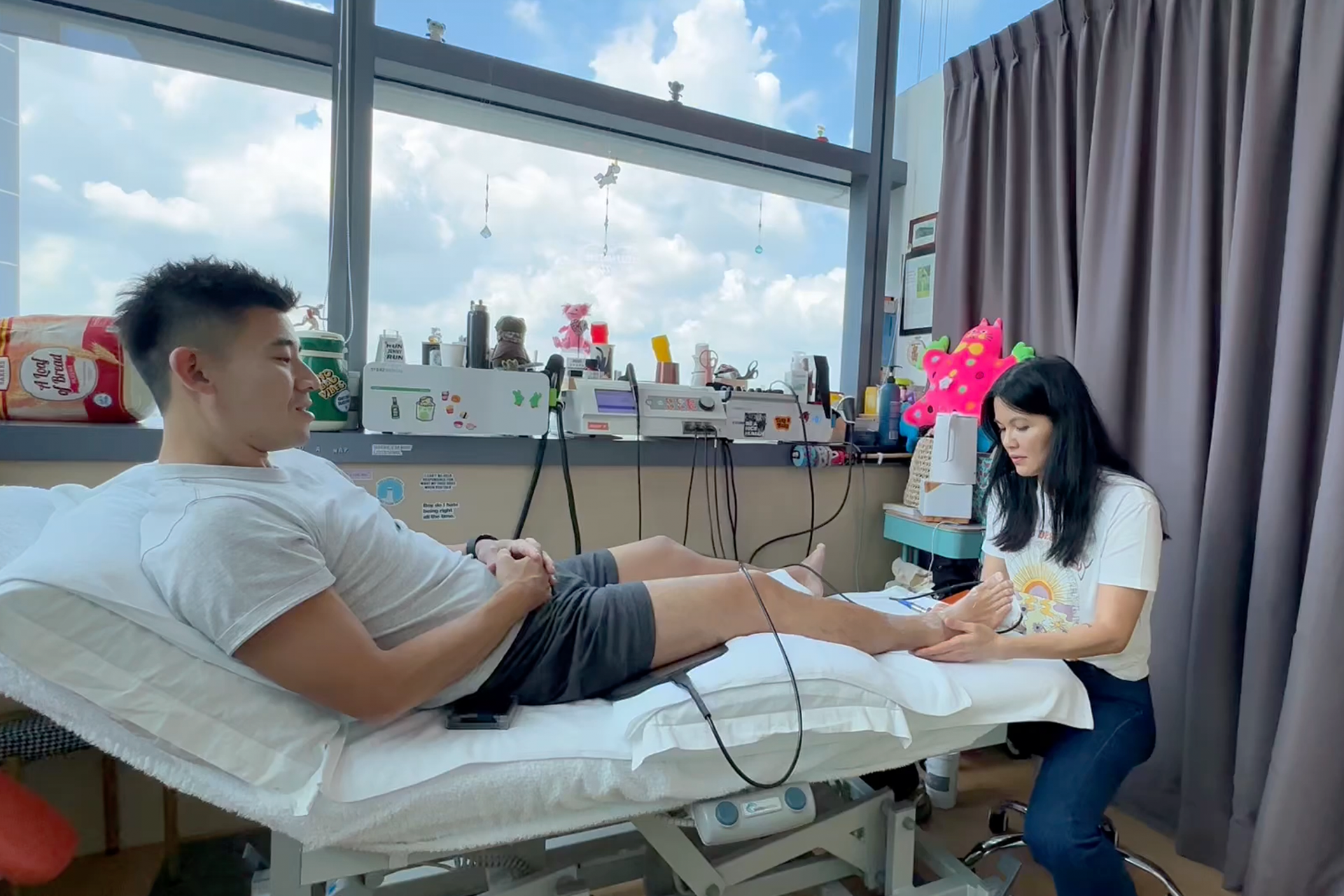
Specific recovery goals can also help with your mental journey so you can know you are progressing. Lastly, that plan will also include strategies to prevent future injuries and maintain long-term tendon health by including lifestyle adjustments and ongoing conditioning. If you’re preparing for surgery for your Achilles tendon rupture, make an appointment with HelloPhysio today to start building your recovery plan.

